Everyone is crazy about pumpkin-flavoured stuff right now and I decided I would not make it that much worse, if I joined the movement. This strudel is my grandmother’s work, we made it in Bulgaria.
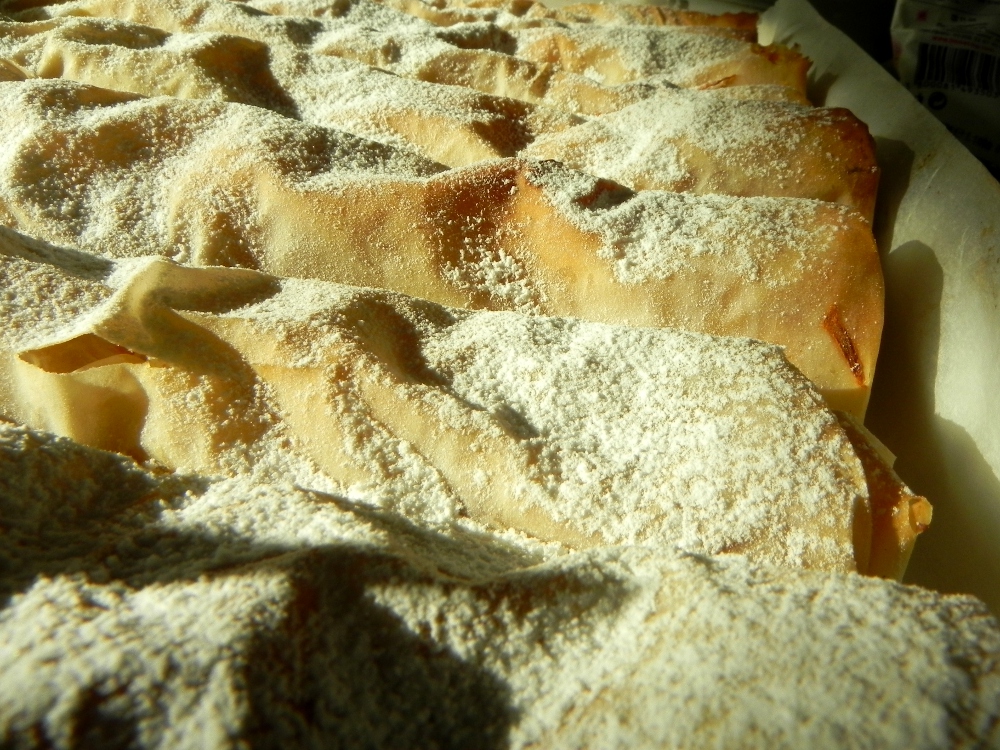
Bulgarian pumpkin strudel is originally called ‘Tikvenik’, because ‘tikva’ means ‘pumpkin’. To keep at least a bit of the tradition when I prepare it here in Germany, I use bulgarian phyllo dough, which I take with me when I visit my granny.
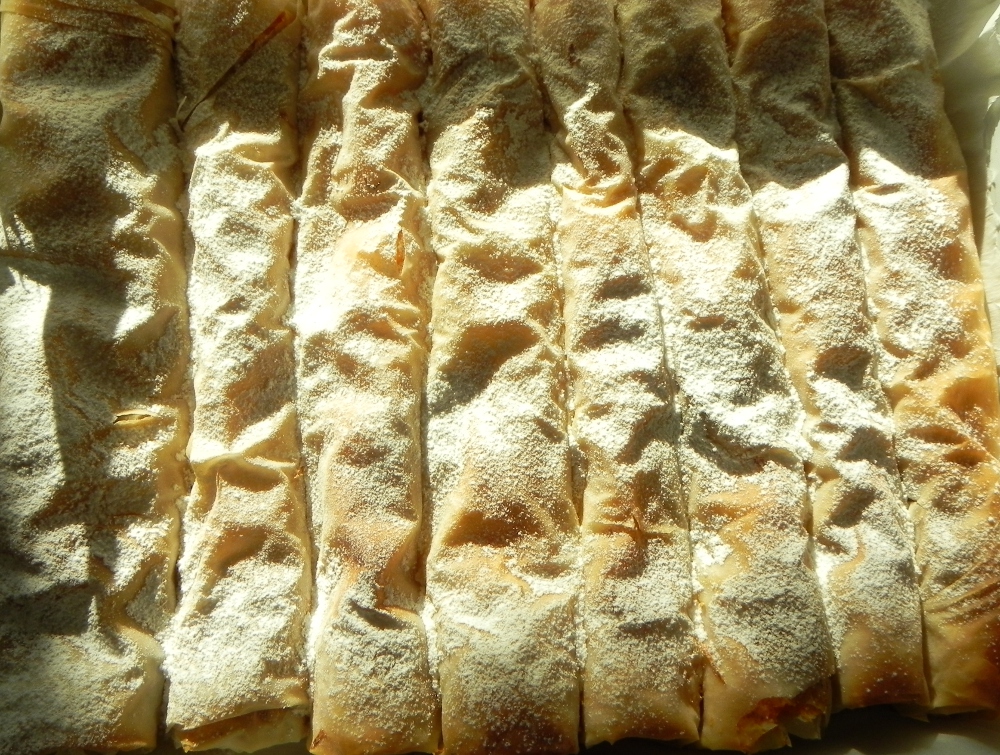
I do not have exact measurements for this recipe but I hope you can get along with the pictures showing the process step by step. Let’s just start.
You’ll need:
about 100 g (3 1/2 oz.) ground walnuts or pecans
white sugar (have about 150 g/5 oz. prepared)
1 small butternut, grated
125 g (4 oz.) butter, melted
400 g (14 oz.) phyllo dough
cinammon, powdered
Prepare your ingredients, place nuts, butter and sugar in bowls so you have them on hand.
Divide the grated pumpkin into 6 portions, about this size. Preheat the oven to 175°C (350°C) and line a rectangular pan with a sheet of baking paper.
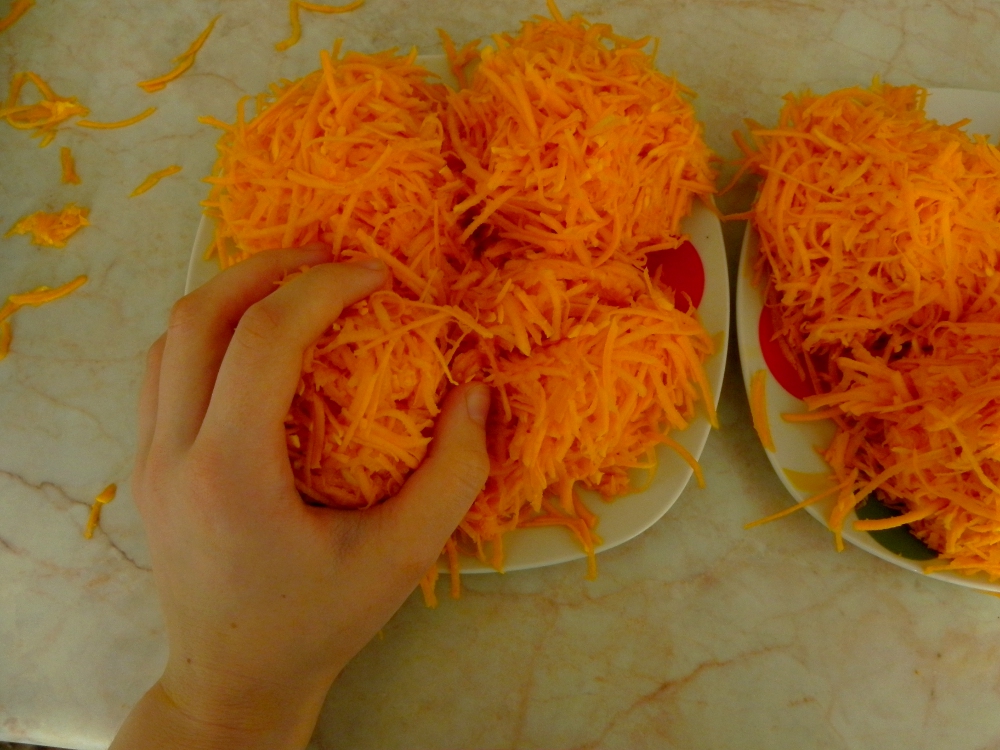
Roll out two pieces of dough. Butter one of them with a silicon brush, place the other on top and butter it as well, using very little fat.

Spread one portion of pumpkin across the buttered sheet.
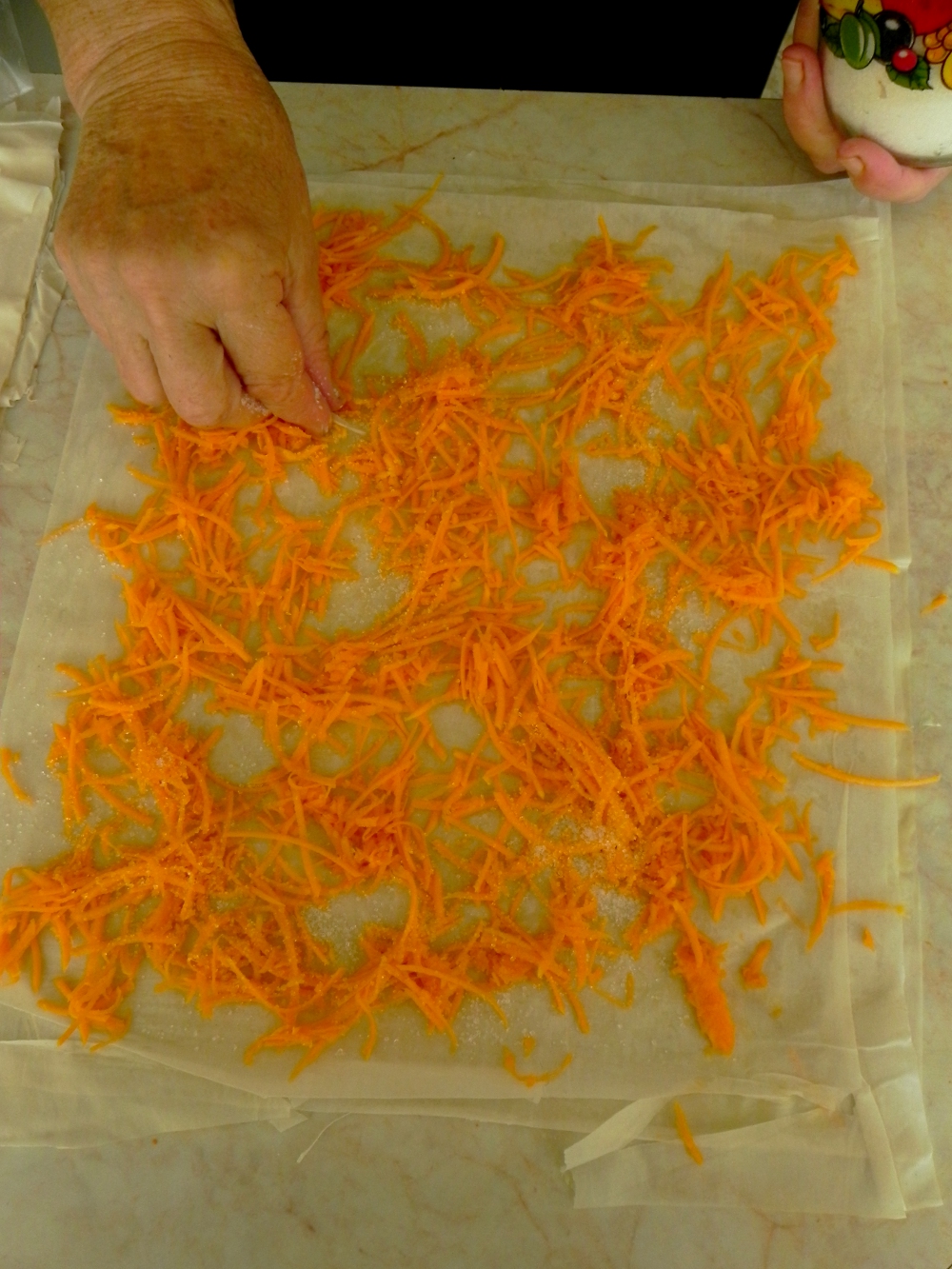
Now spread nuts, sugar and cinammon on top. I use about 2 tbsp sugar, 1/2 tsp cinammon and 2 tbsp nuts, and the result is really not very sweet, but that’s how I like it. Use more sugar if you like.
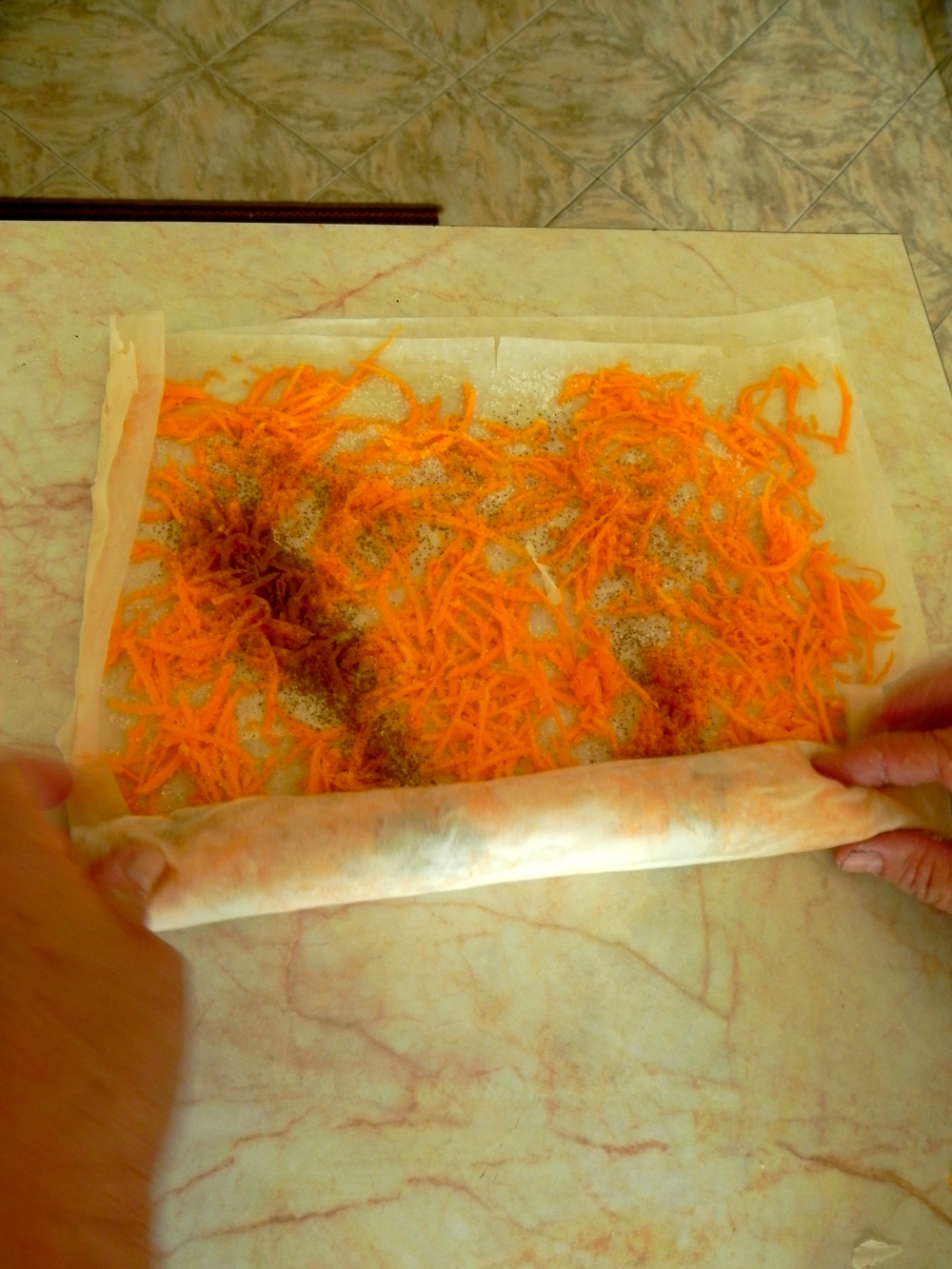
Now roll the phyllo sheet carefully and place it in the pan. Repeat with the rest of the sheets.
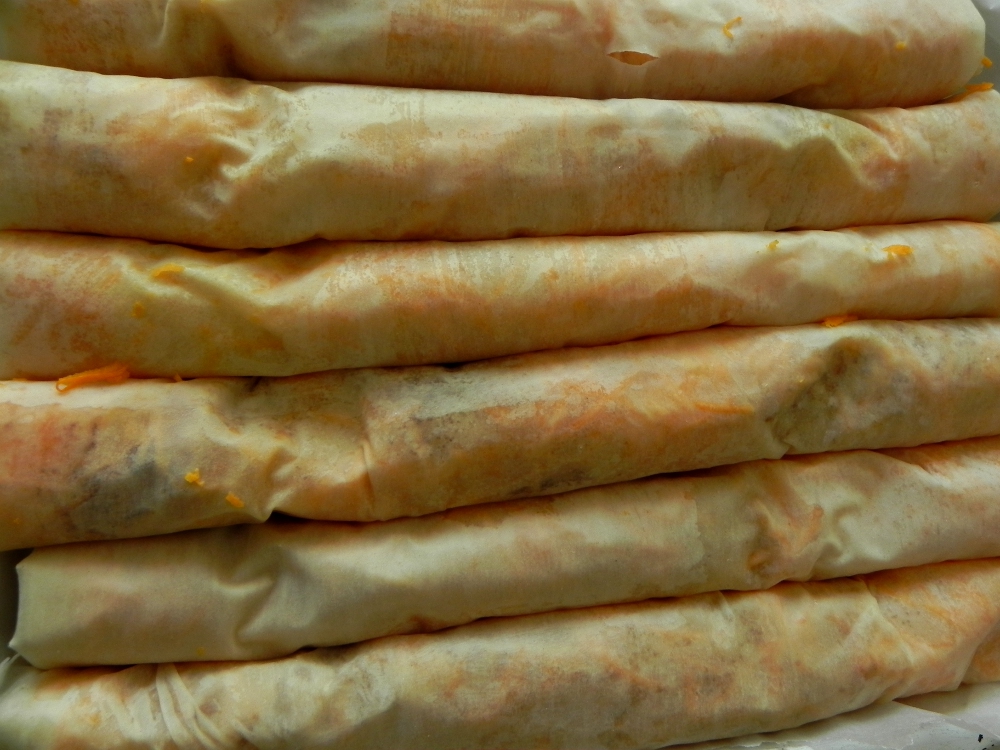
If you have some butter left, you can pour it on top. Now bake for about 20 minutes or until the cake is slightly browned. Dust with powdered sugar and enjoy warm or cold.
I do not really want to call it ‘Thai food’, because I am not sure whether it was really Thai or just Thai style. But nevertheless, the following pictures and lines will give you information about my food adventure in Asia.
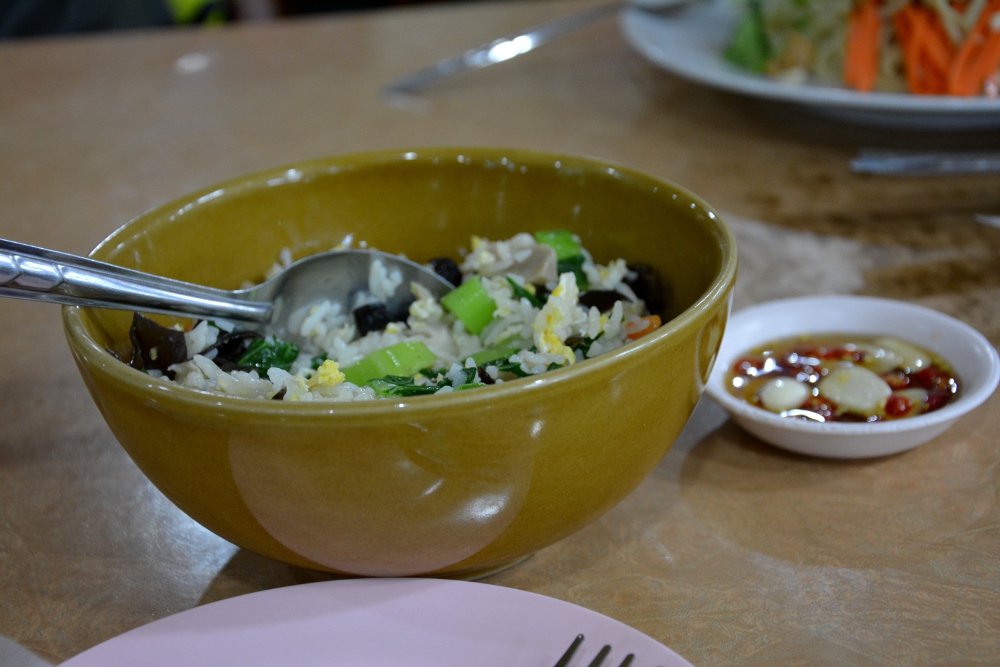
First of all: there is a lot to eat. Food stalls are an important part in markets and you have a big choice of sweet and savoury stuff. We tried a lot of things and I will tell you about them all in a second. Please excuse I did not take pictures of the food buffet we got in the camp, I can give you a short description about that. We always had boiled rice as a main component, some dishes contained noodles. There were always several dishes with stir-fried vegetables, such as cabbage, carrots and corn. There were different kinds of tofu or fried protein stuff used (the people did not know enough English to explain to us, what exactly it was) and also fried eggs. As a dessert, we always had fresh fruit, which was great, because thai pineapple and melon was reaaaaallllyyyyyyyy gooood. I miss that here. For real. Breakfast mostly contained fried stuff like bread or bananas, sometimes we had pancakes. Not bad for a sweet lover like me :).
And now some pictures, okay? Here we go.
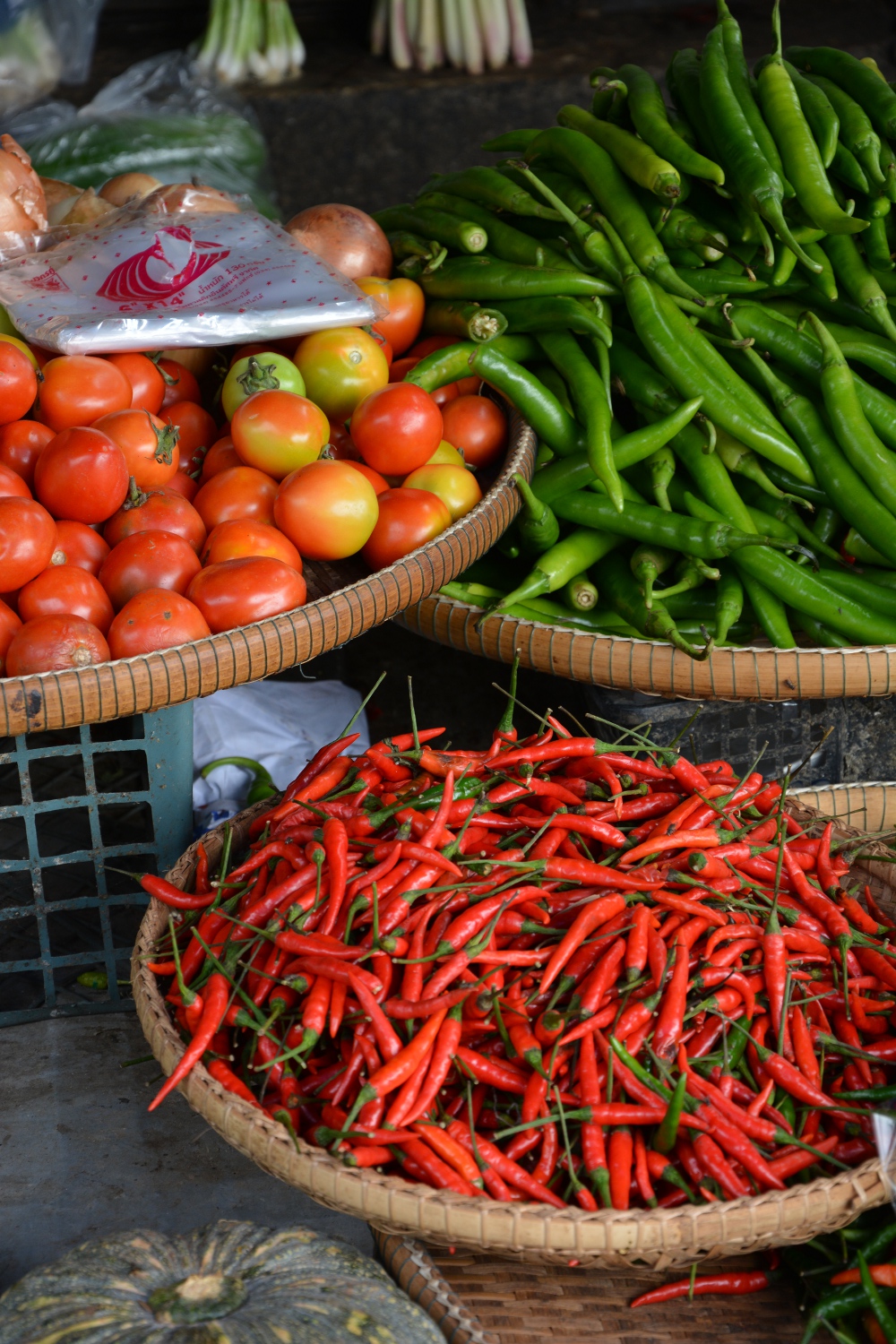
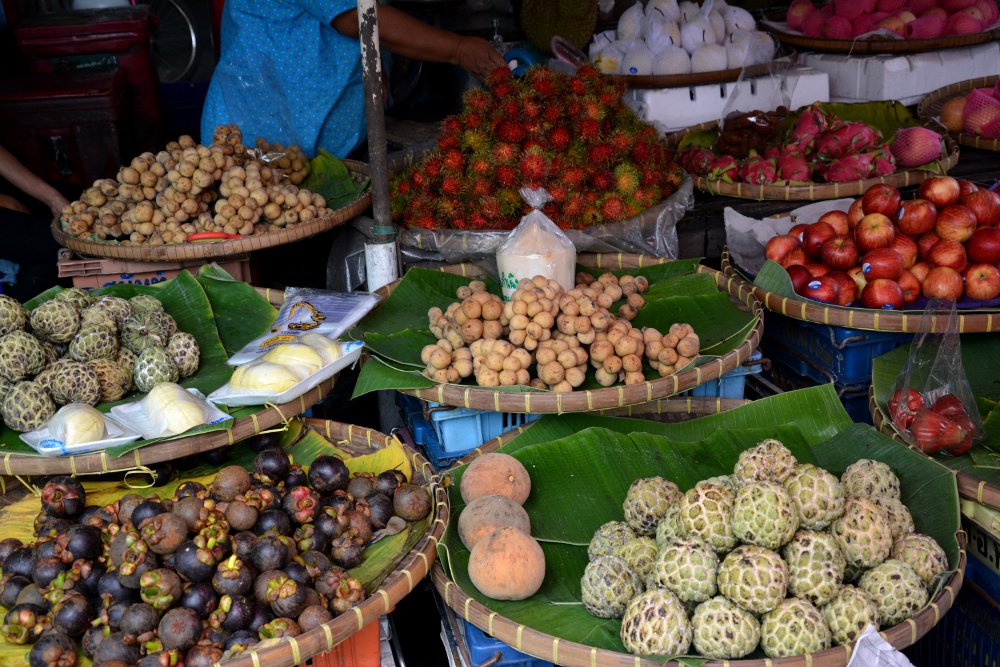
I had exotic fruit in Thailand, such as mangosteen, papaya, pitahaya or lychee. Their taste is quite different, if you buy them in Europe. They are much sweeter and softer. My favourite was definitely mangosteen, this very soft and juicy fruit is just awesome.
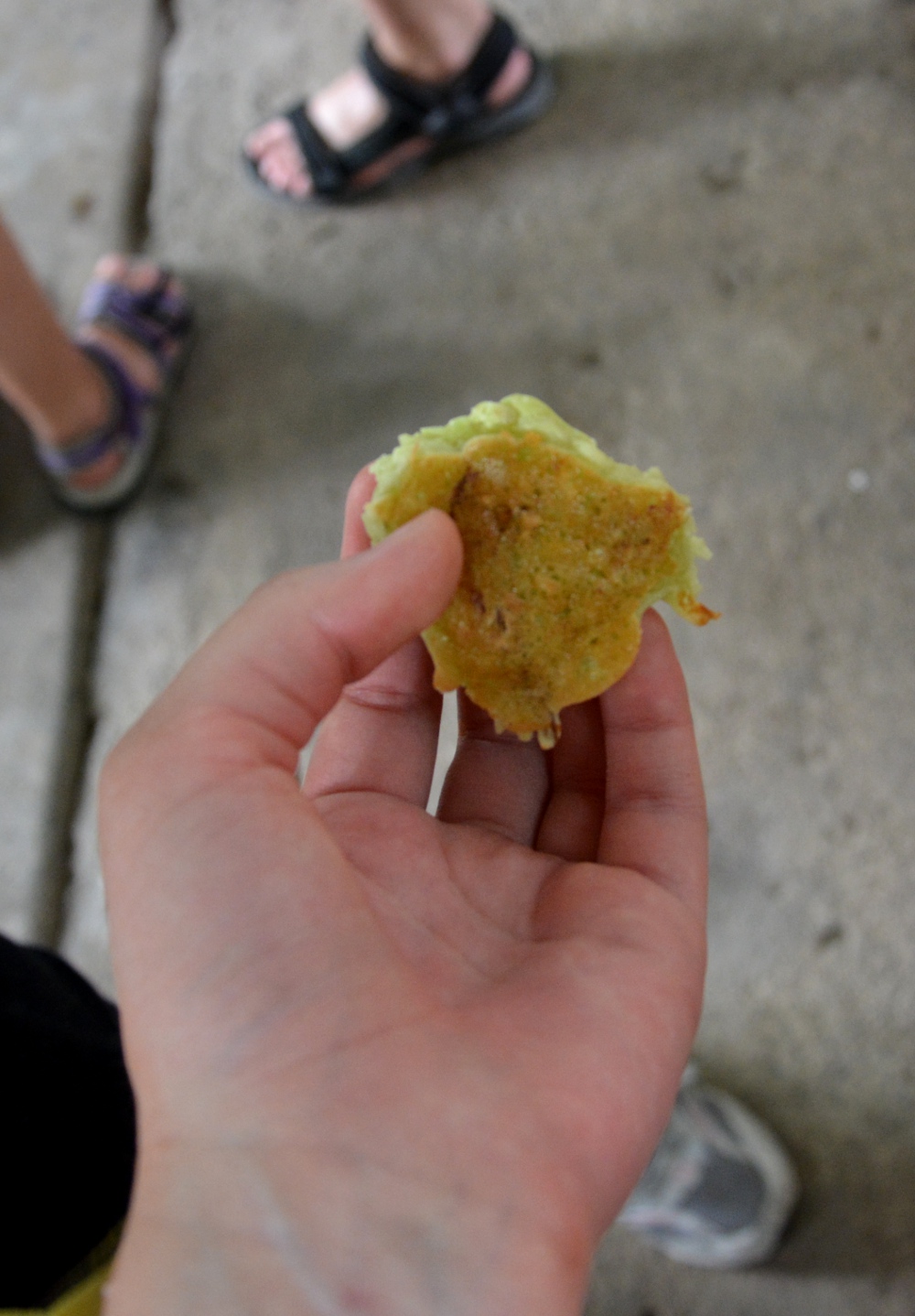
This is a coconut pancake. It was yummy, the texture was quite similar to the one of American pacakes, only a little more sticky and with a coconut taste. Yum.
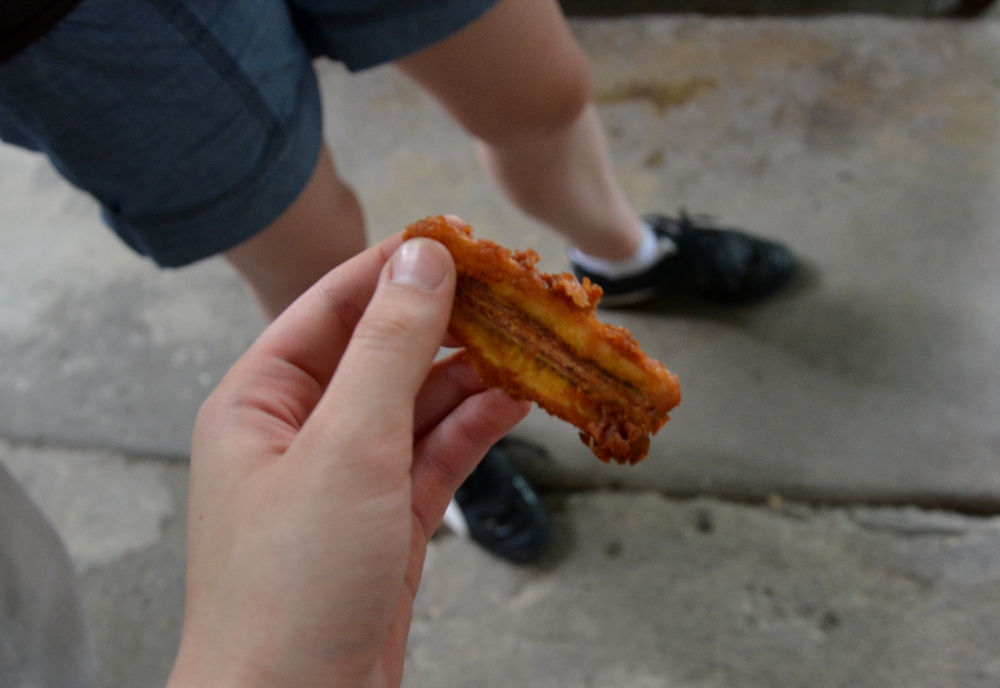
And here we have a fried banana. It was crispy like chips and interesting, too. But I liked the fried bananas wrapped in dough better. 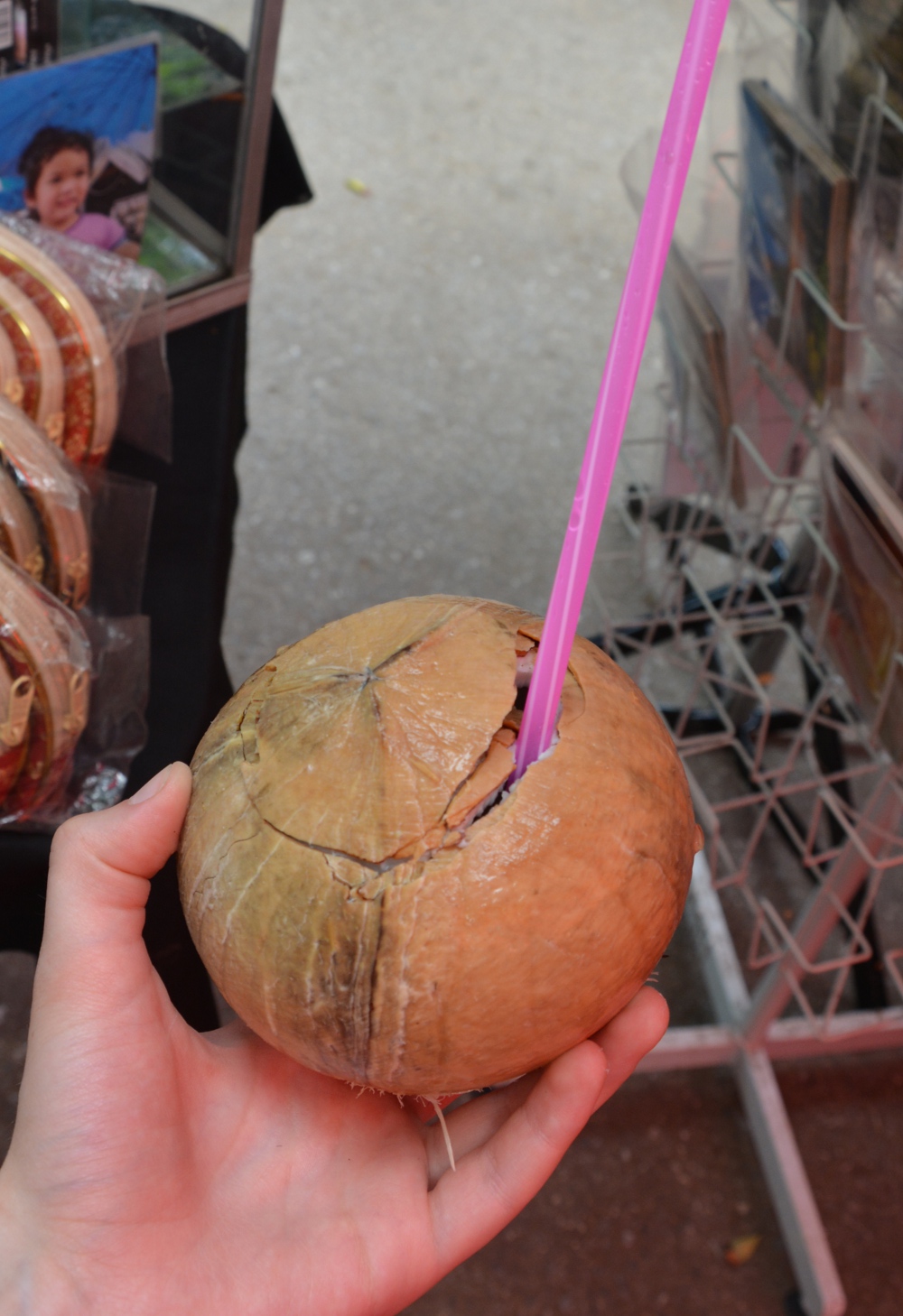
It was very hot on our trip to Ayutthaya. So I had some coconut juice to hydrate and cool down. Very refreshing.

Thai sweets. Cool, eh? These are a kind of yeast muffins, very light and fluffy. They are served with a cream, which tastes like vanilla pudding, whatever it is made of.
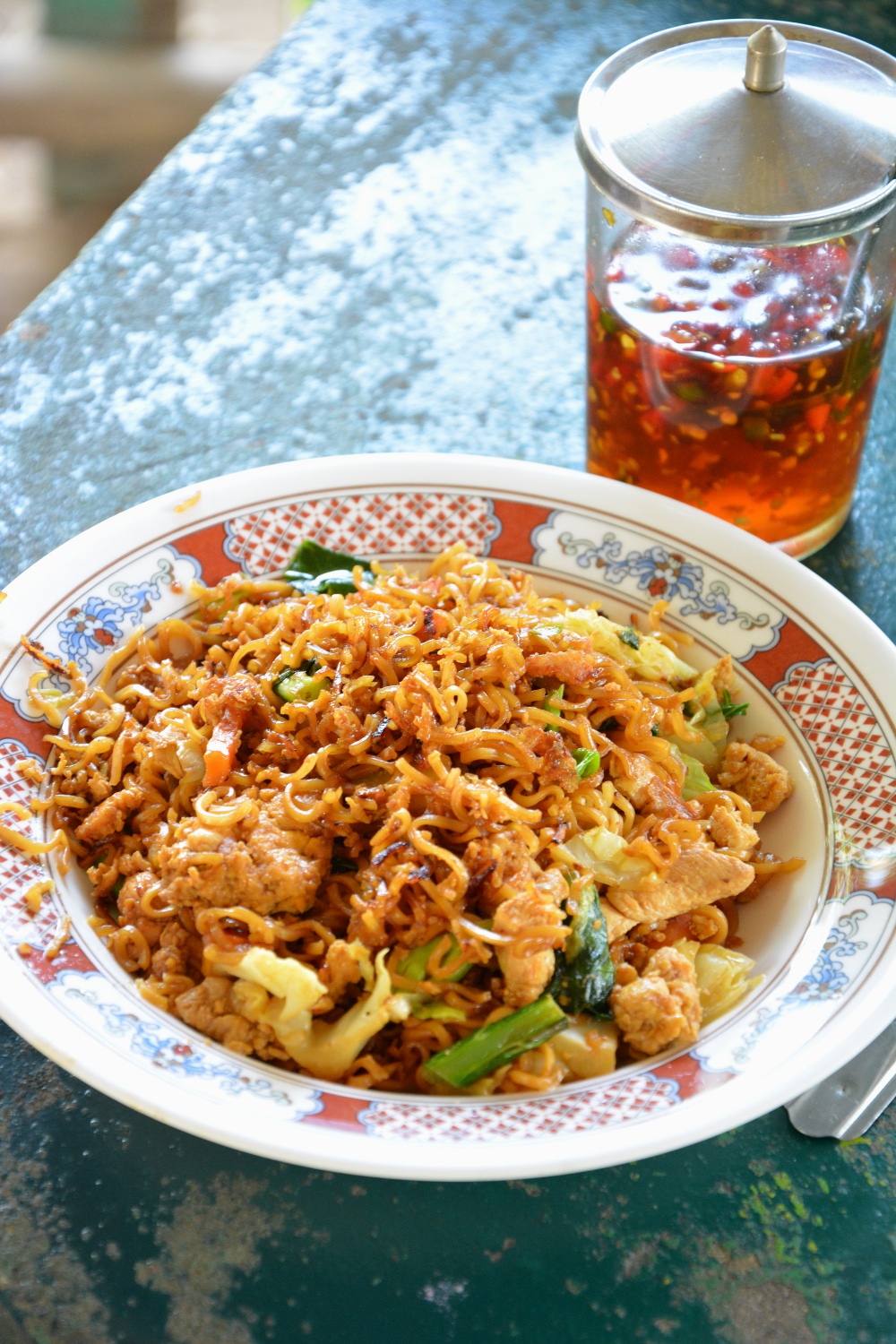
Now this is one dish we got during our work in the orphanage. We had a menu of 9 dishes, which were prepared by women living near the orphanage. They cooked everything right before your eyes and I guess you can’t get a dish more Thai than the one made by a Thai granny? Thise one was a little spicy, with small tangly noodles and lots of you sauce.
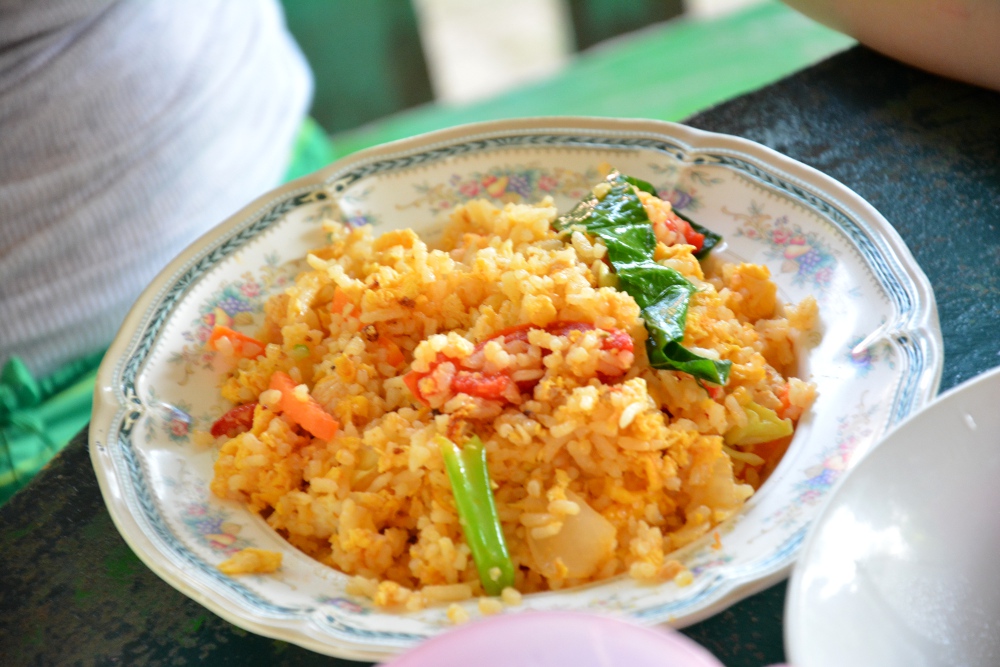
Another dish you could choose was this one: stir fried rice with vegetables. I really liked the way the rice and the vegetables were balanced. It was pretty much my favourite one.
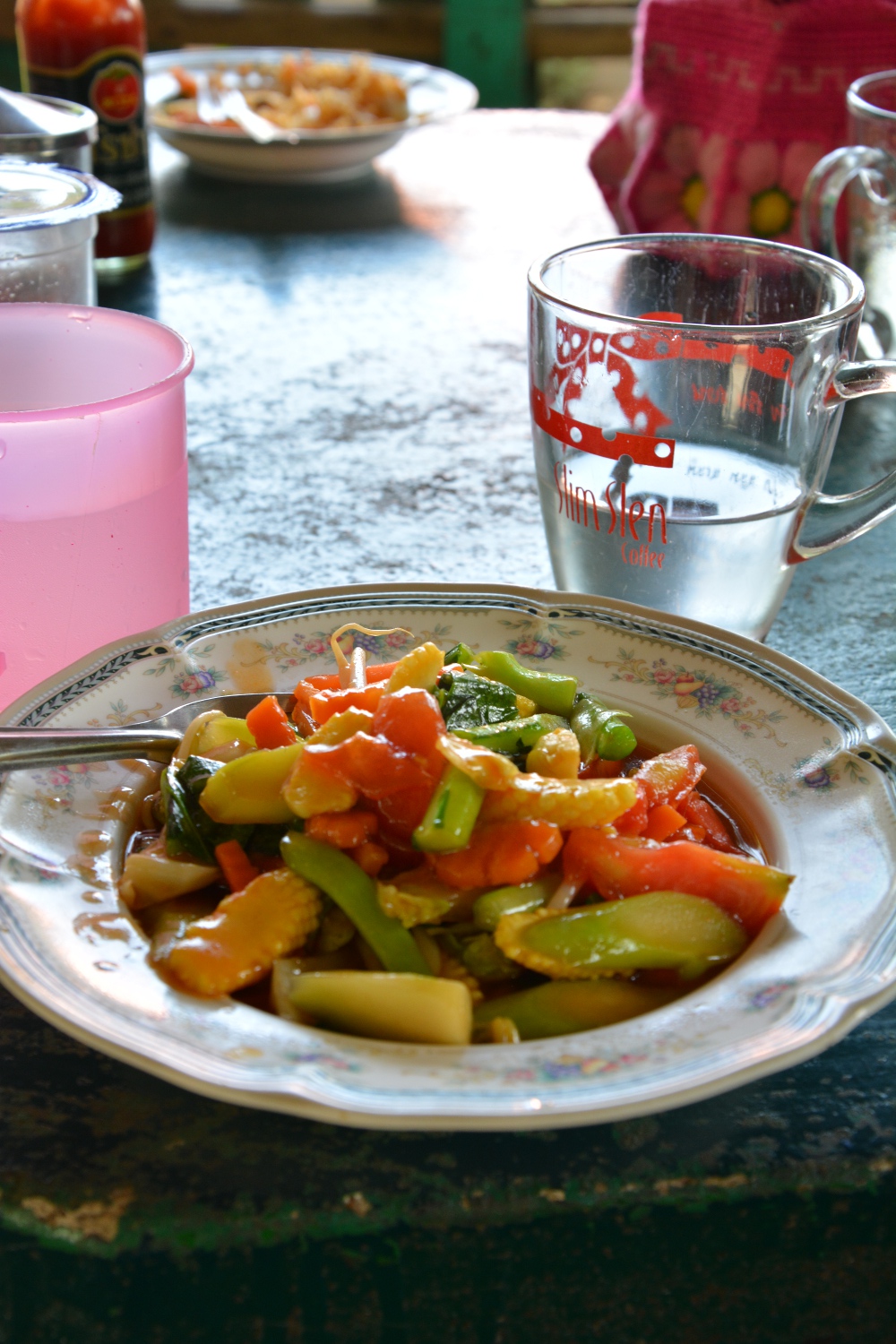
This one you could order extra. One day, when I was sick of rice, I just ordered vegetables and got a plate full of fresh, lightly fried ones in a really yummy sauce (tasted like soy cauce with tomatos, maybe).
And finally, I have a step-by-step instruction for you. We made stir fried noodles in our ecohouse, and although I do not have exact measurements, I can still show you how it works.
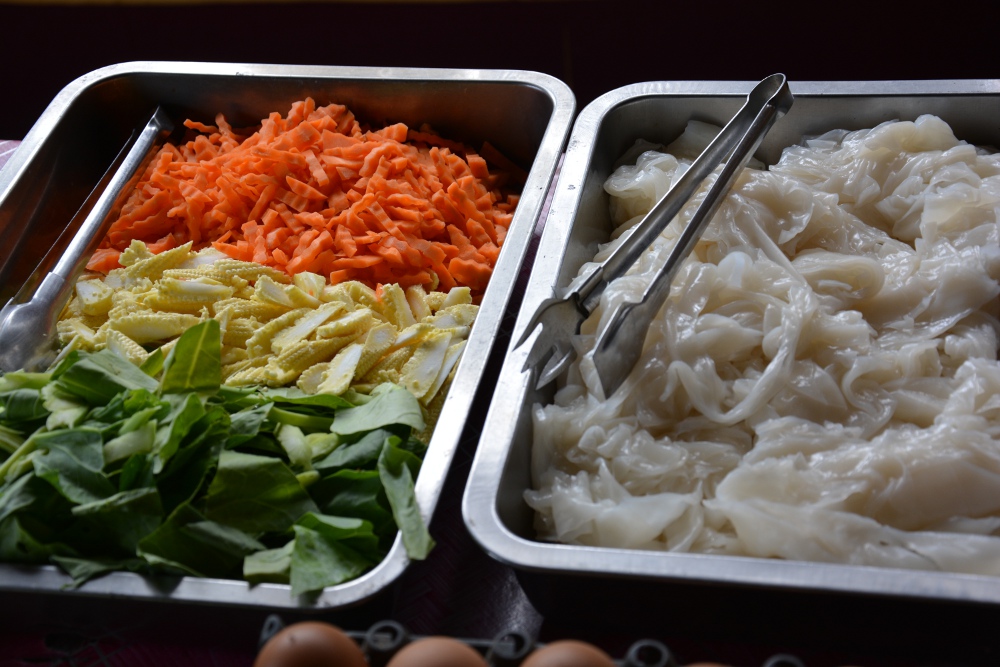
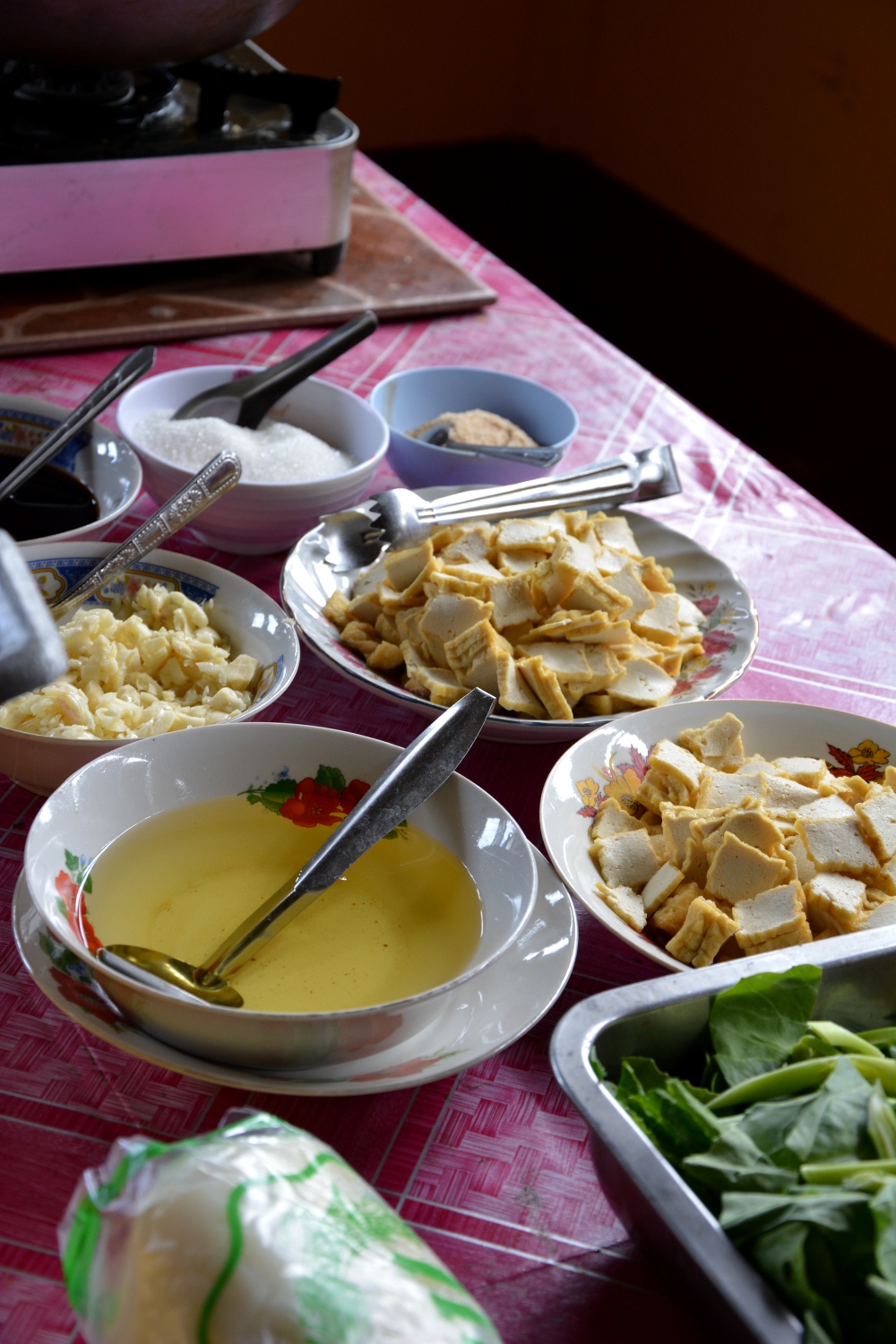
This is what you need: Oil for the pan, garlic, salt, sugar, tofu, cabbage, baby corn, carrots, eggs and boiled rice noodles.
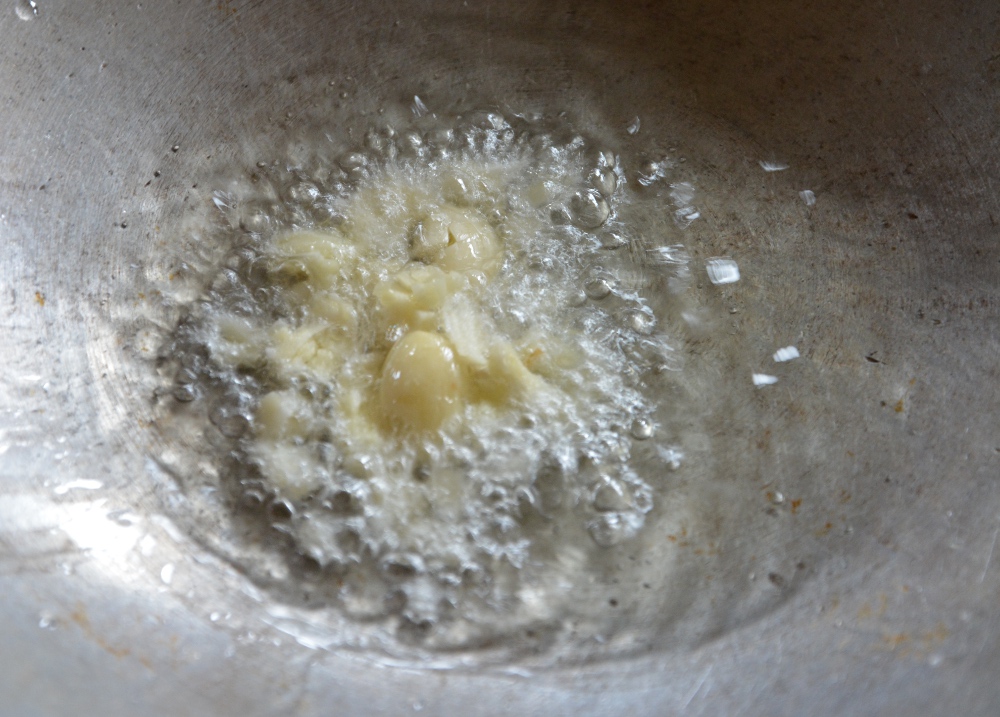
First sauté 1 tsp garlic.
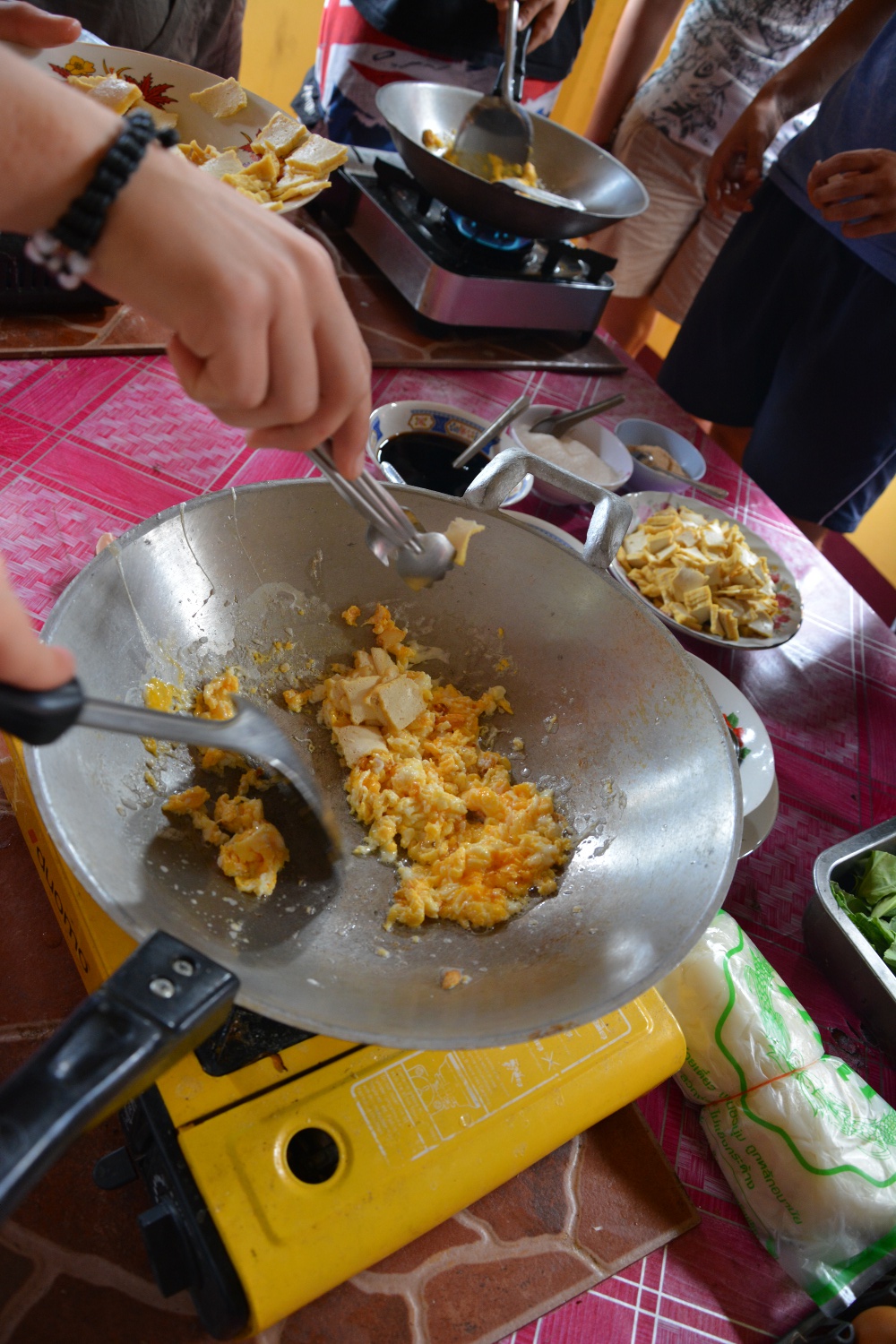
Add 1 egg and stir-fry it. Add tofu.
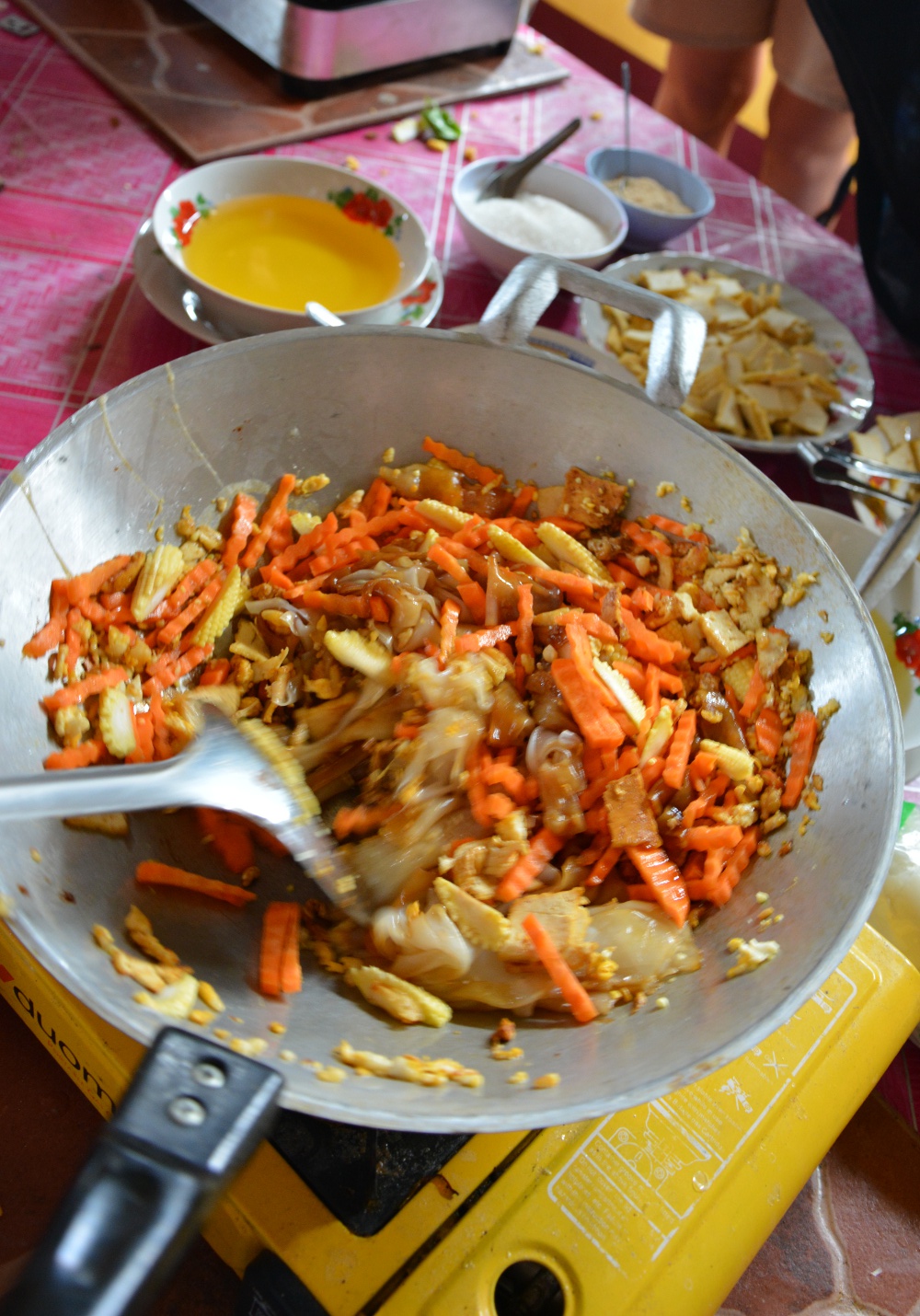
Throw in some carrots and corn.
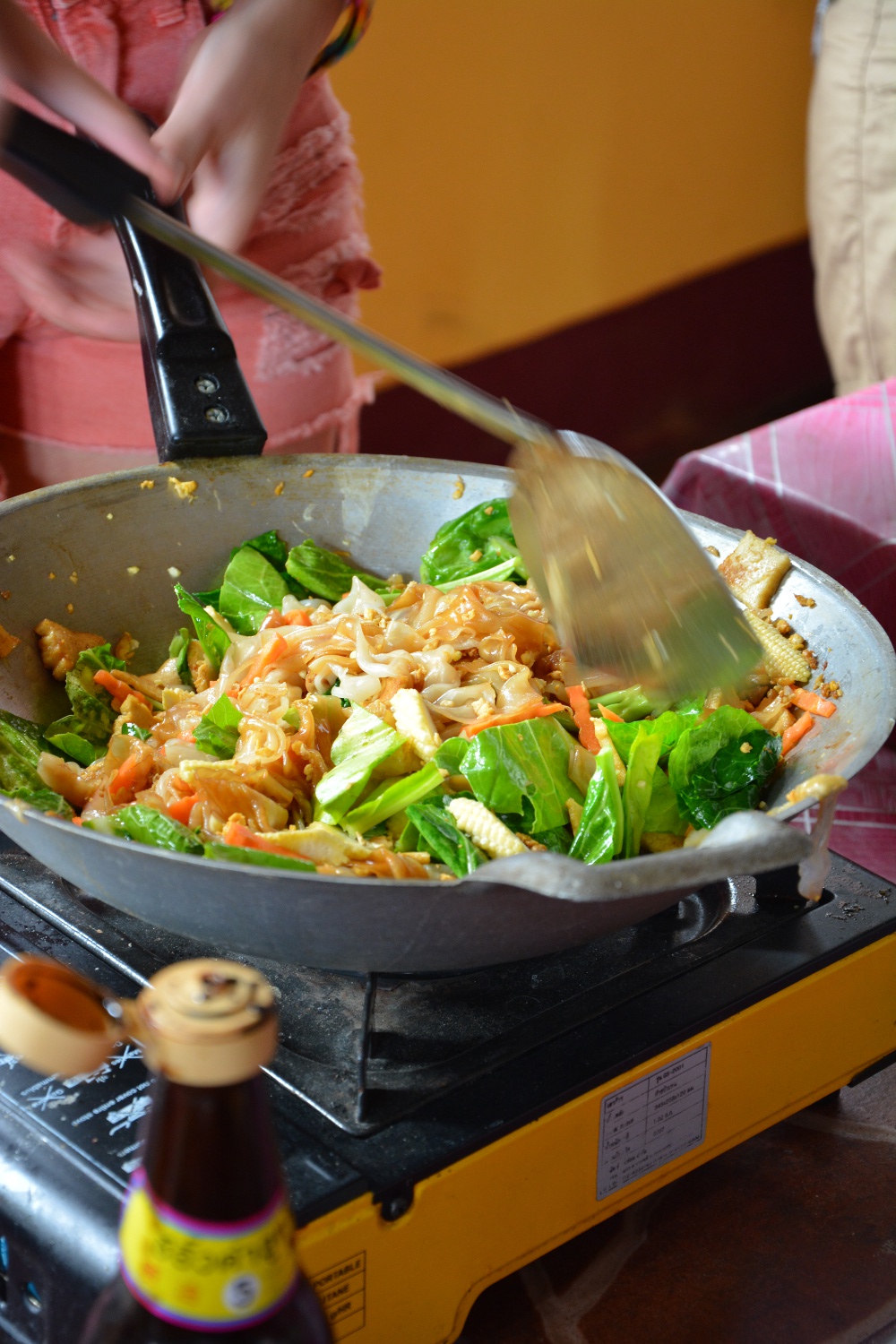
Add cabbage leaves and rice noodles. Pour over some soy sauce, 1 tbsp sugar and a little salt.
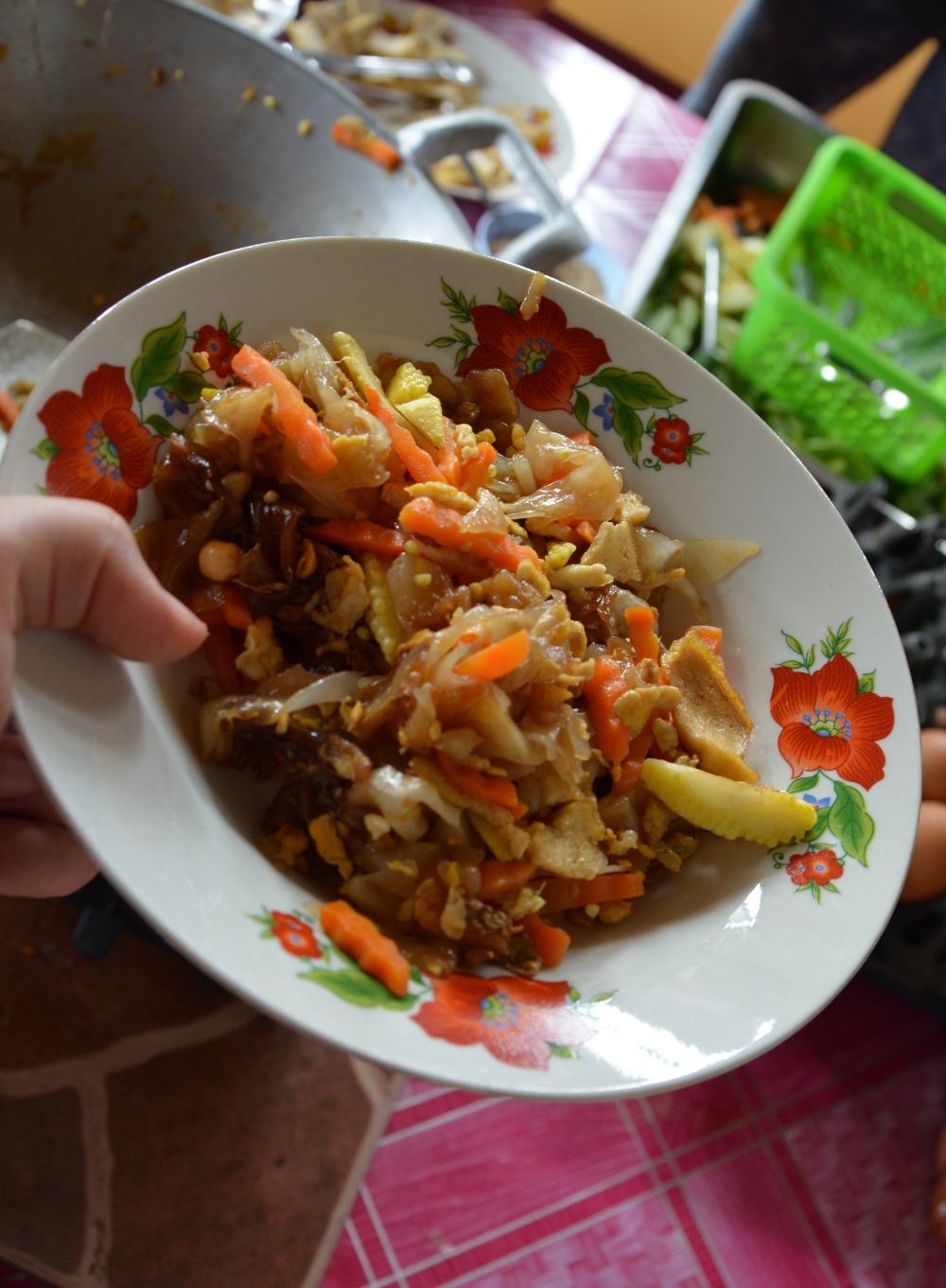
Et voilà!
I really hope you enjoyed some of my Thailand reports here and on my other blog. This is the very last one, I promise. But if you are interested, I can give you more information, just ask.
The new school year (and my last one) has started. I finally managed to select the rest of my Thailand pictures and have prepared quite a lot for you to see on this blog. I decided to divide the pictures about food in Thailand up into two parts – markets and the food itself.
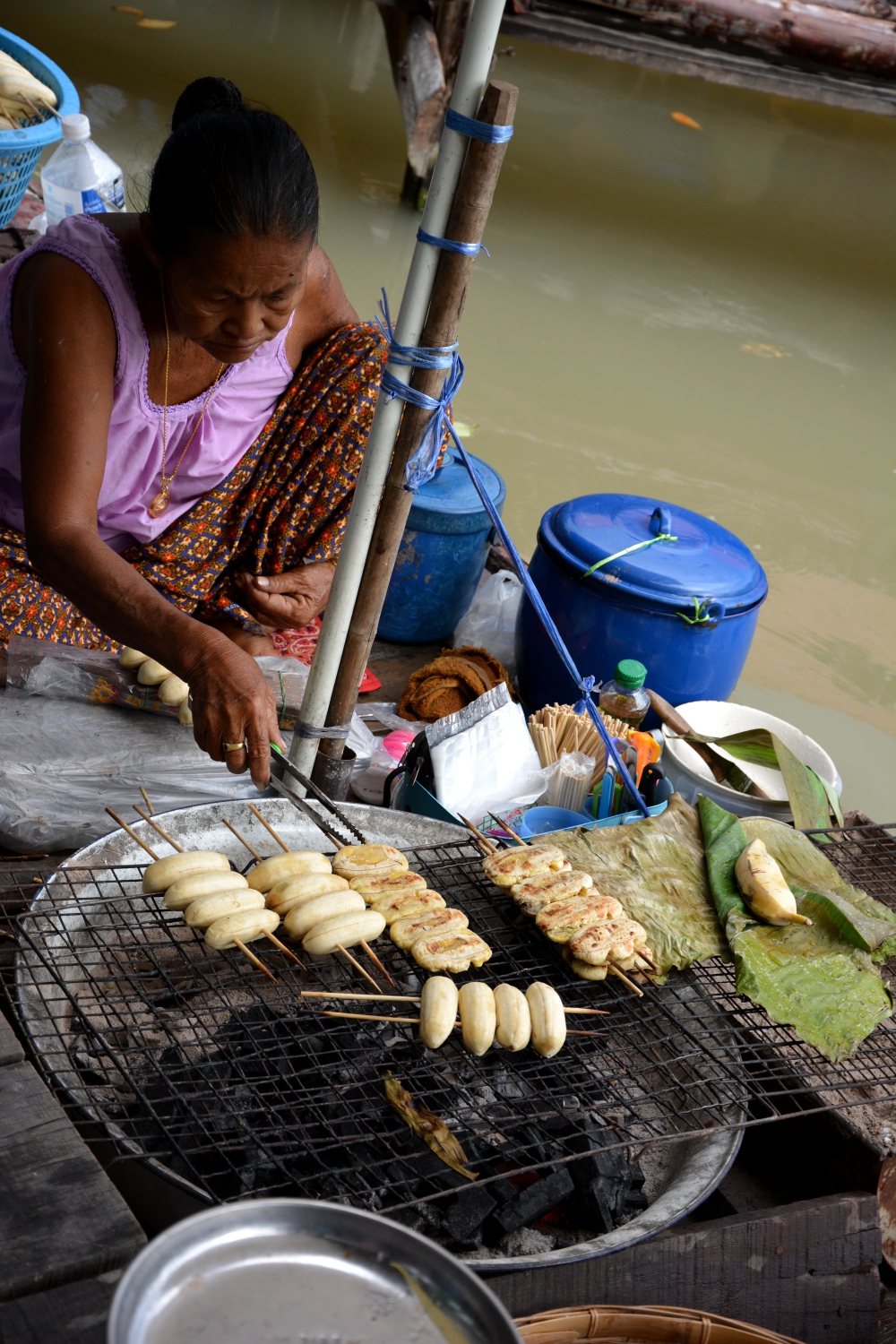
You will notice that there is not too much to say about the pictures, it is much more pleasant to just look at the colourful images of this completely different world. We visited LOTS of markets, this is why I had the chance to take lots of photos there. Close your eyes for a second before you go on scrolling down. Imagine a humid climate and warth. Your clothes begin to stick to your body and you can smell the mosquito repellant on your skin. There are lots of people around you, they are smiling and laughing. They speak a language with strange intonations and pronounciations, you notice repeating syllables like “kaa” or “naam”. You smell different spices like curcuma, cilantro and cumin, but also the rubbish rotting in the heat, the meat and fish beginning to smell lying around at the stalls.
Now look at the pictures and decide by yourself, whether you like them.

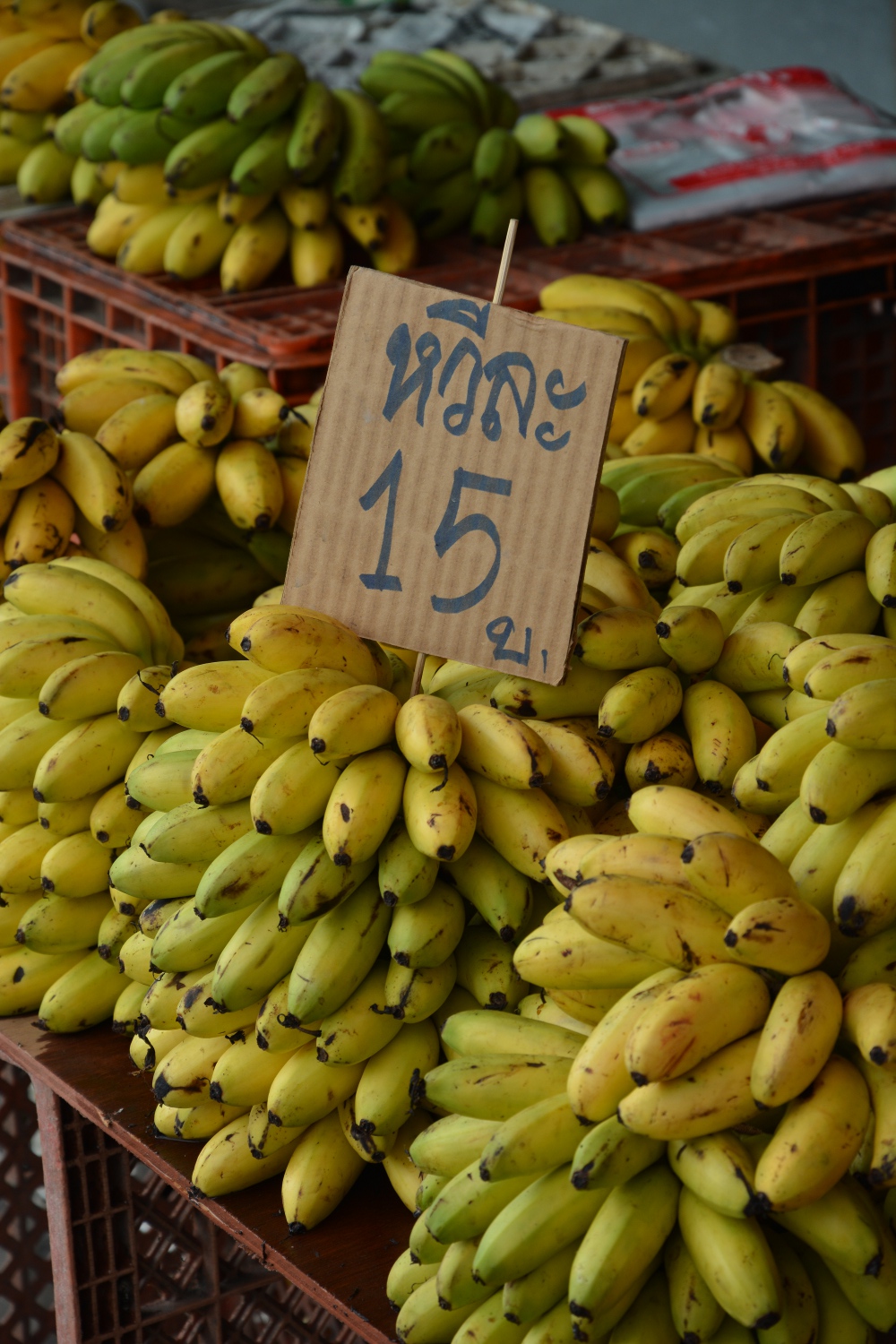
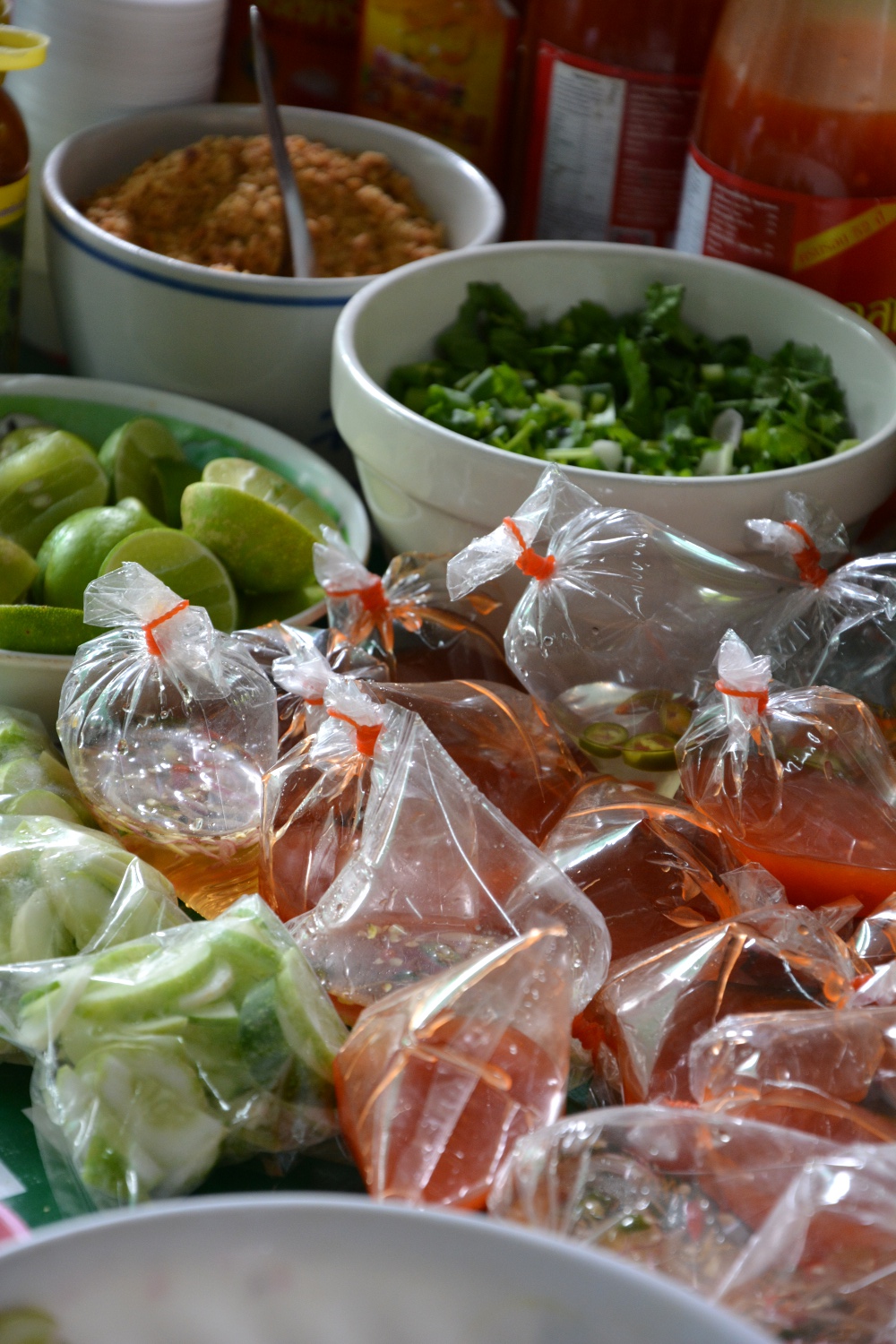
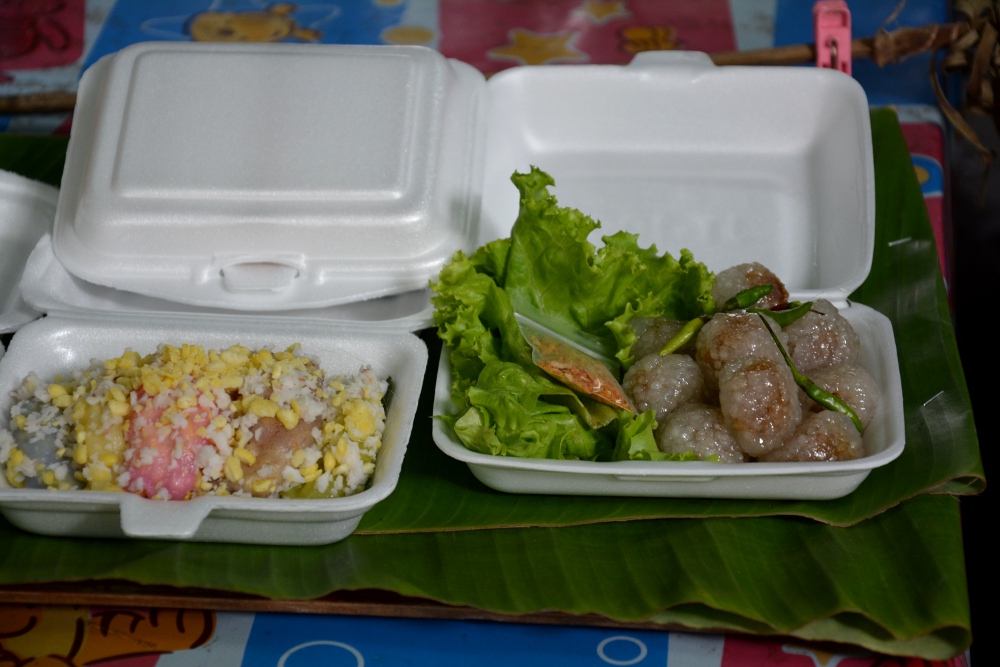
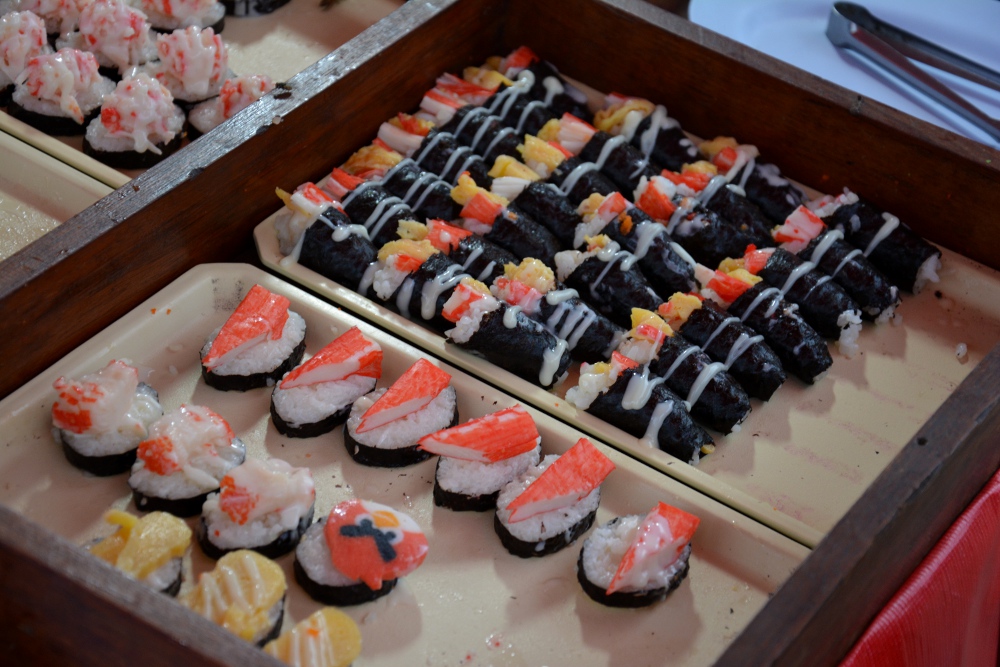
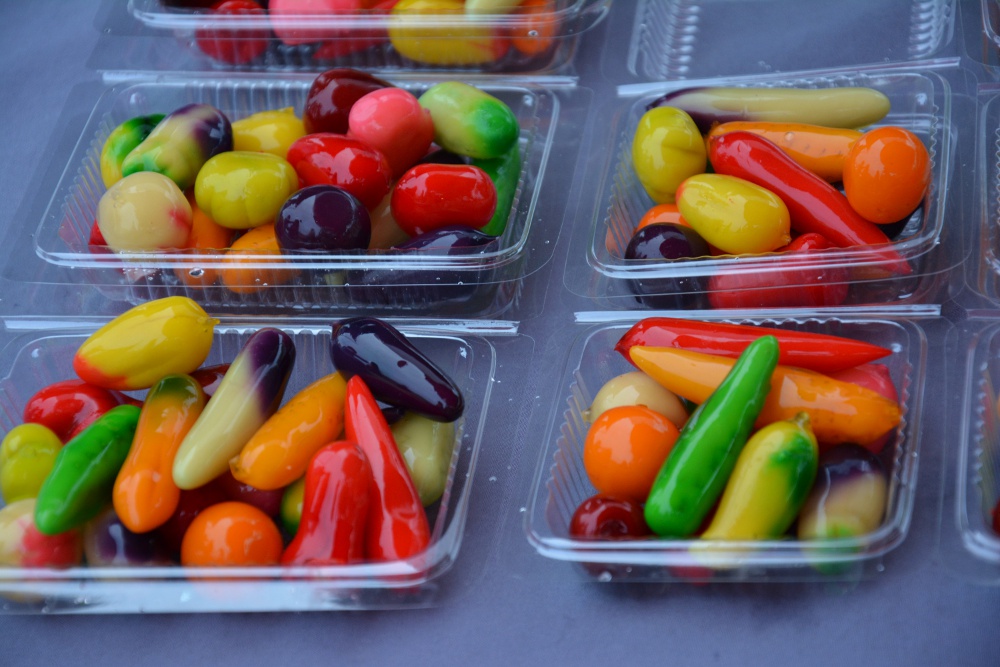
(I have no idea what this is)
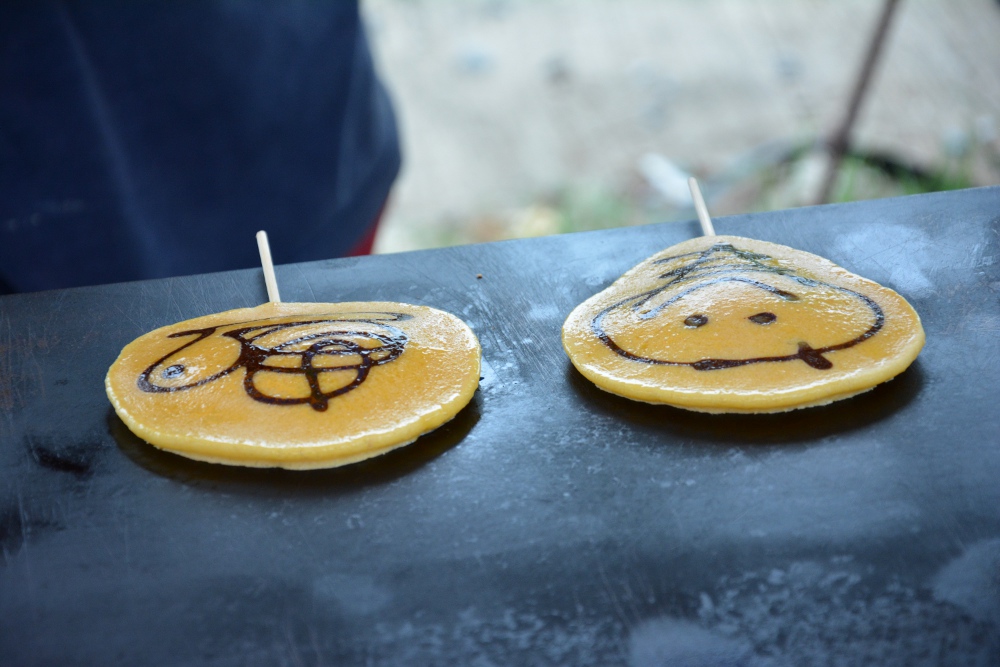
Pancake love.
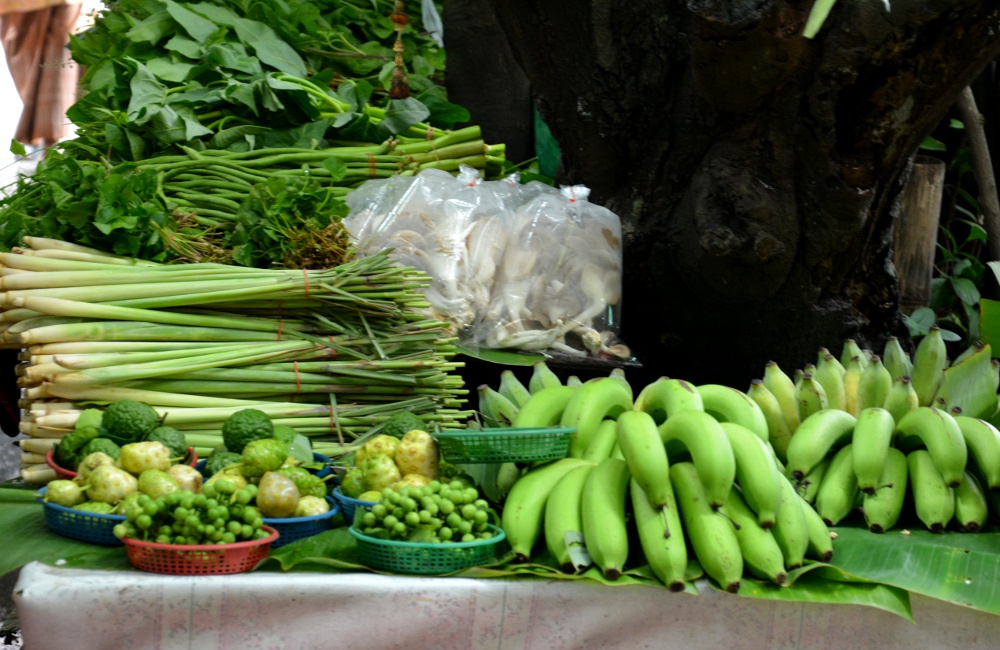
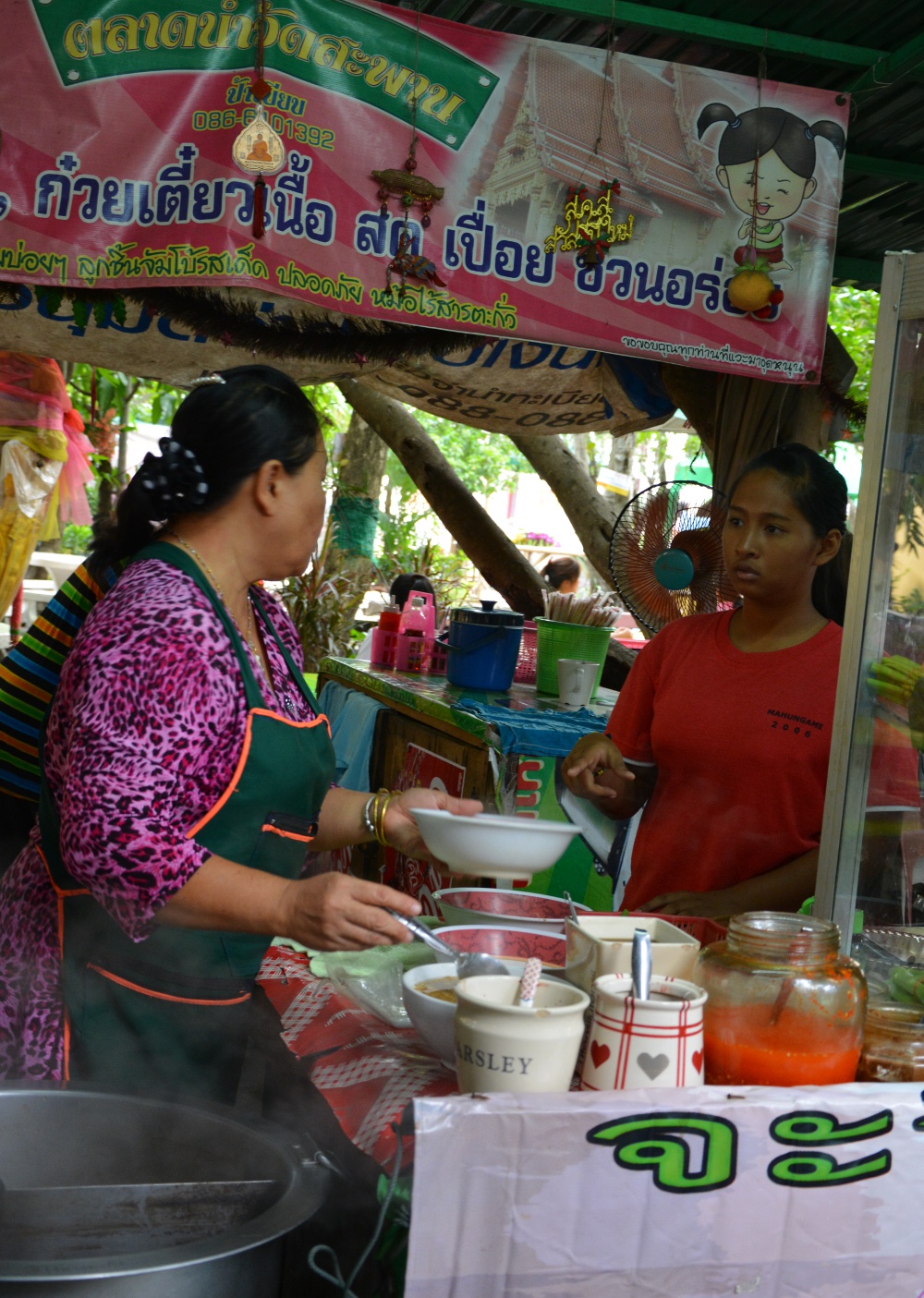
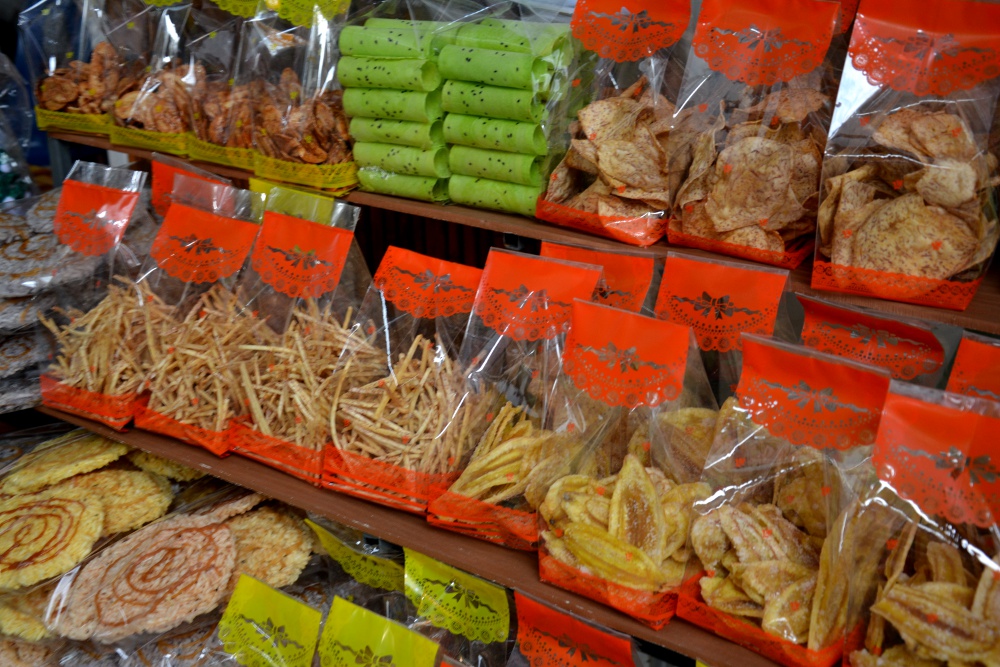
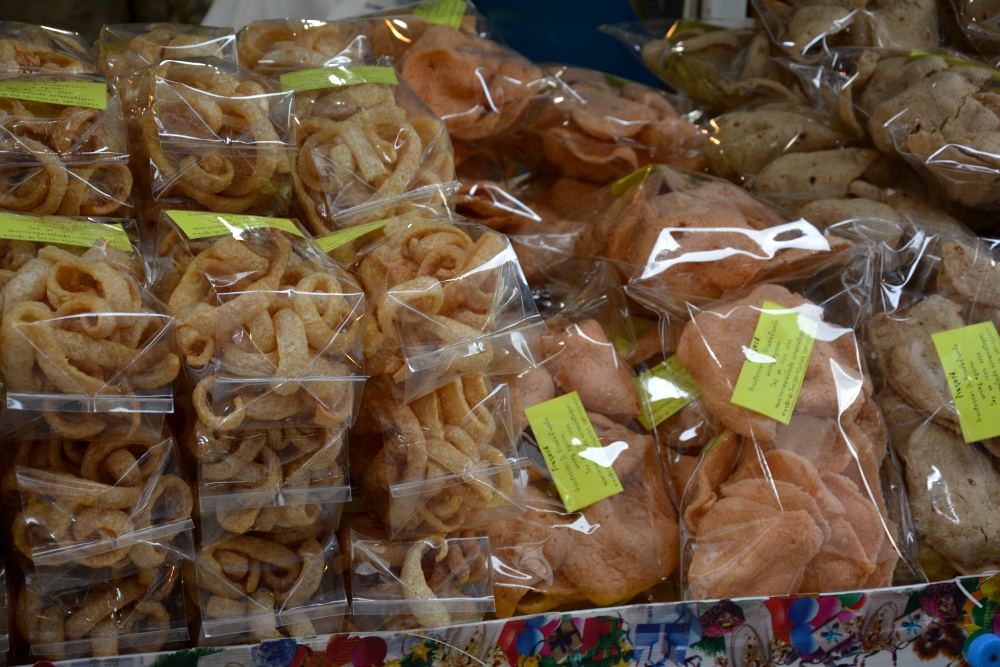
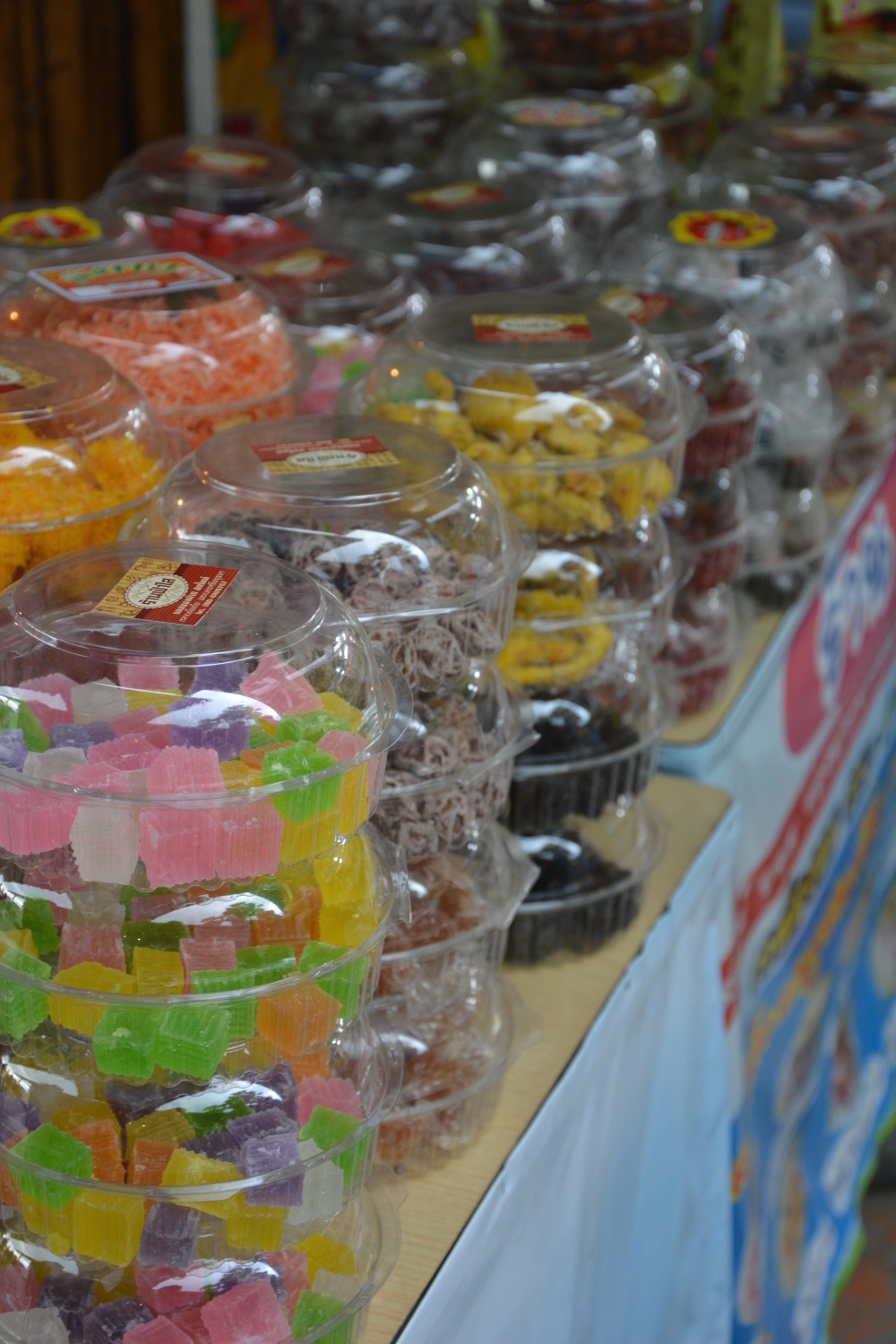
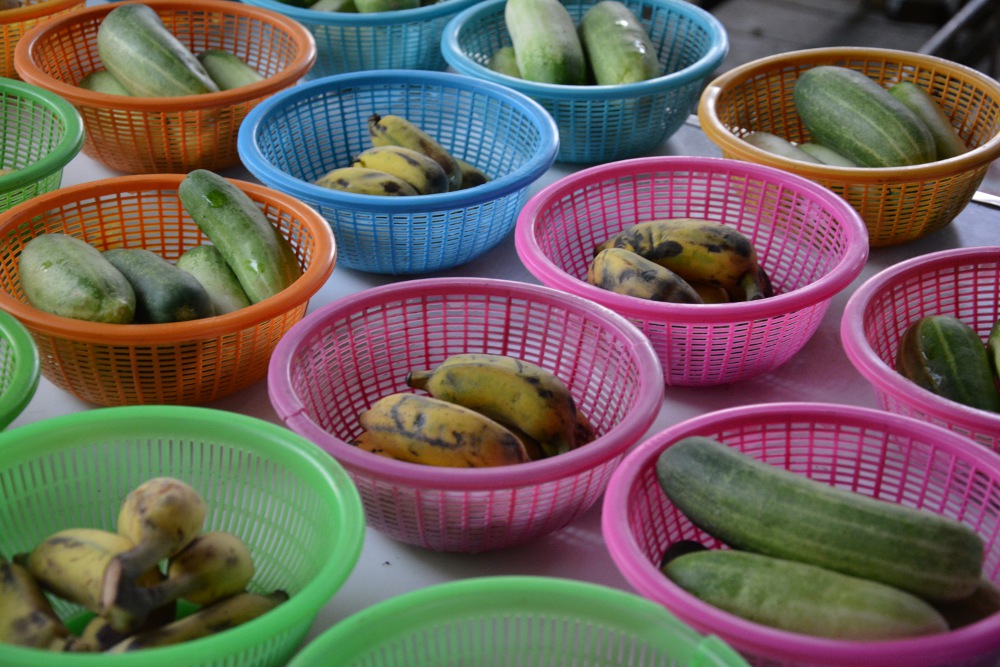
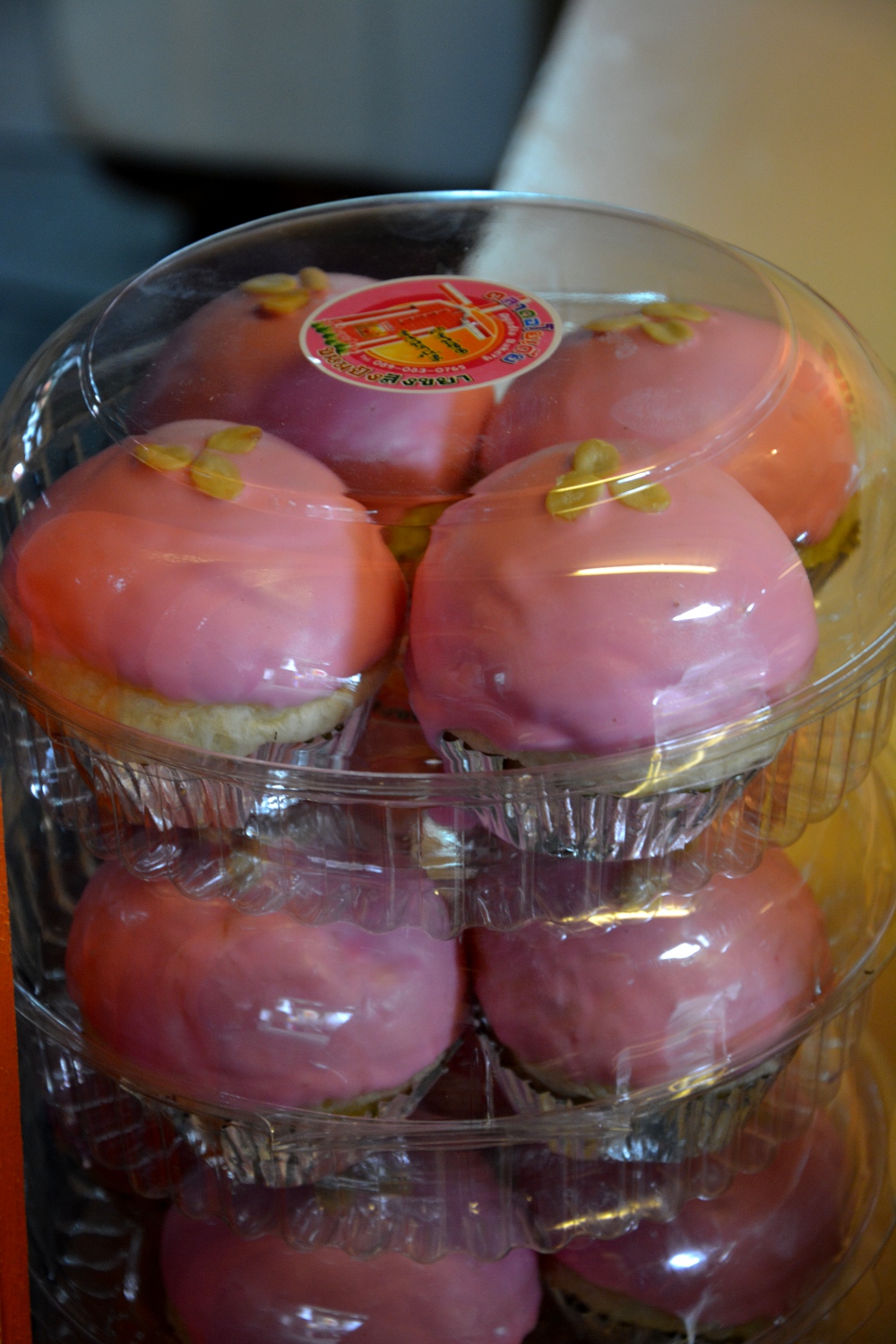
Look at all the spices!
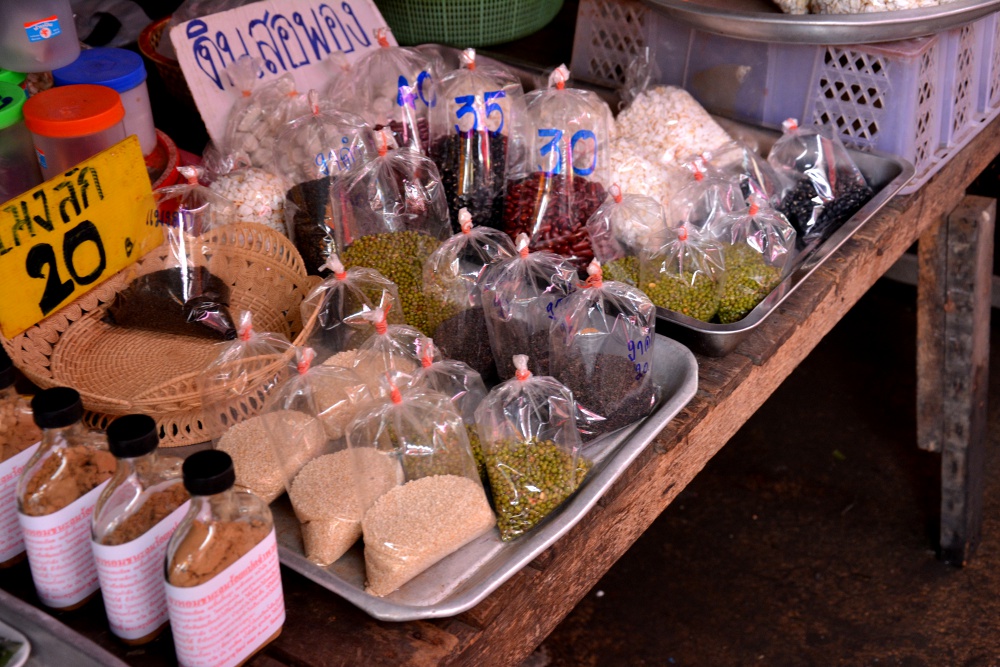
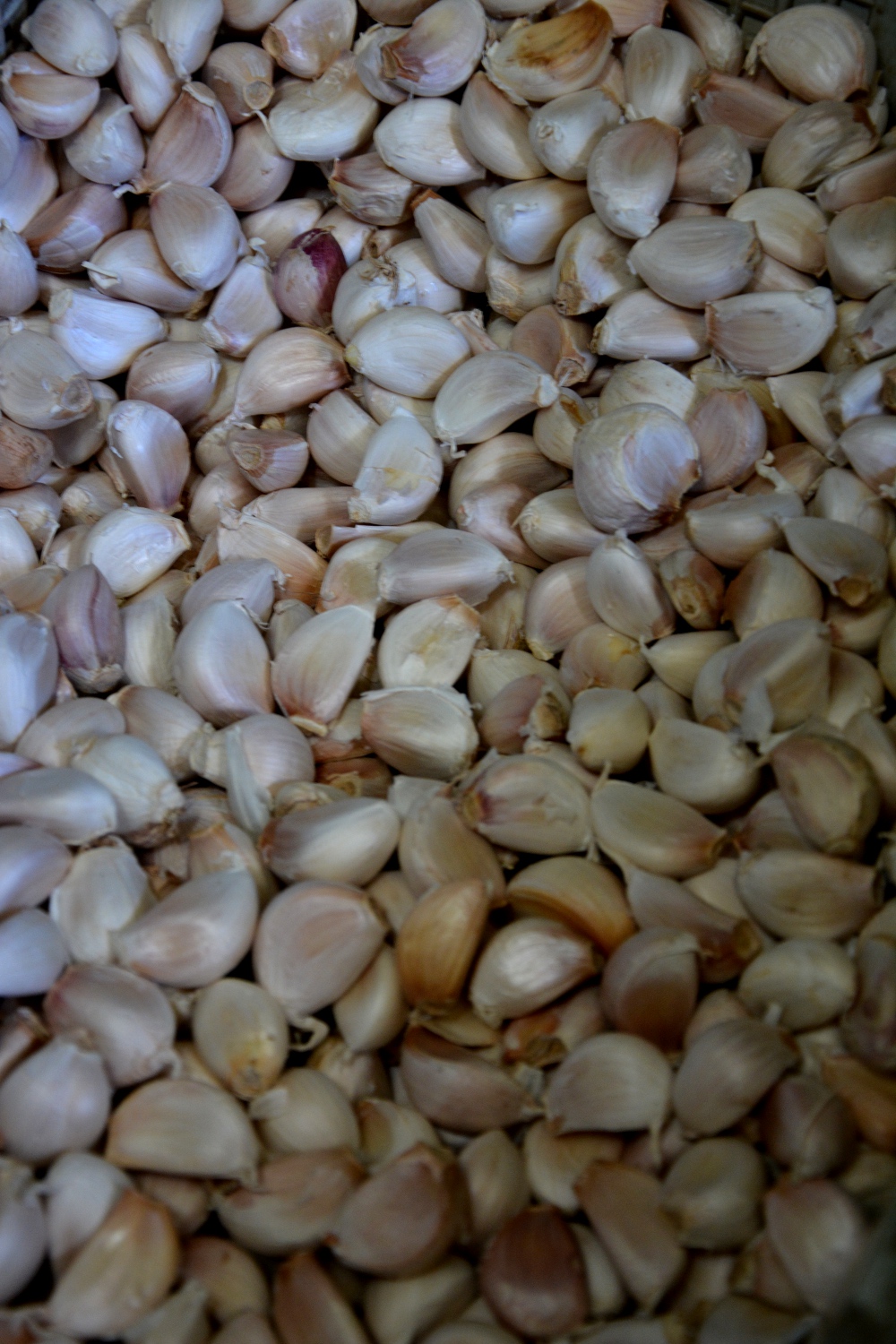
Many markets contain party with boats, where goods are prepared and sold on the river.
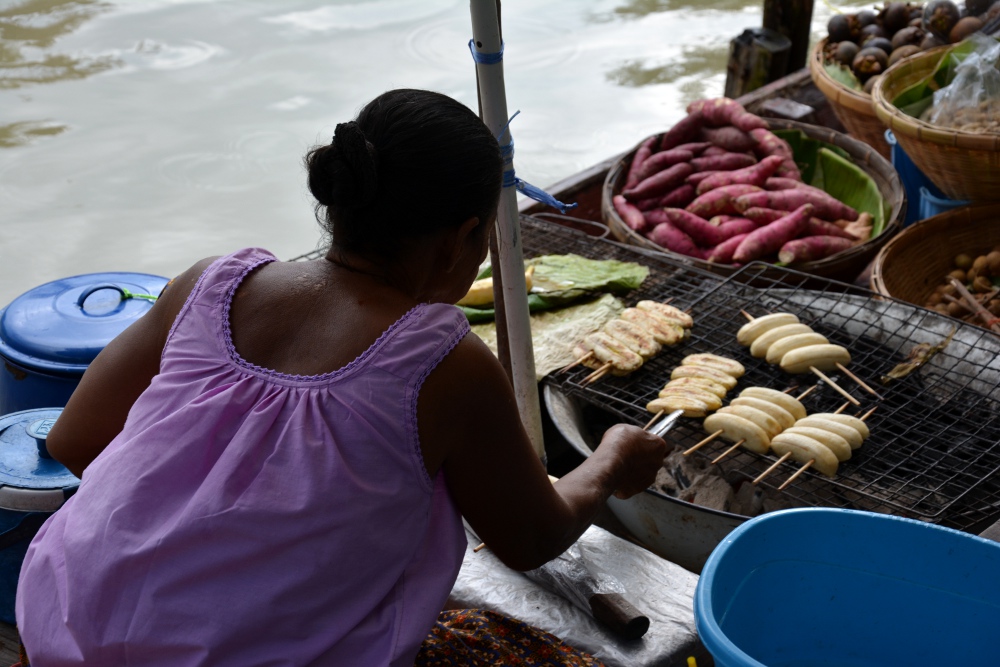
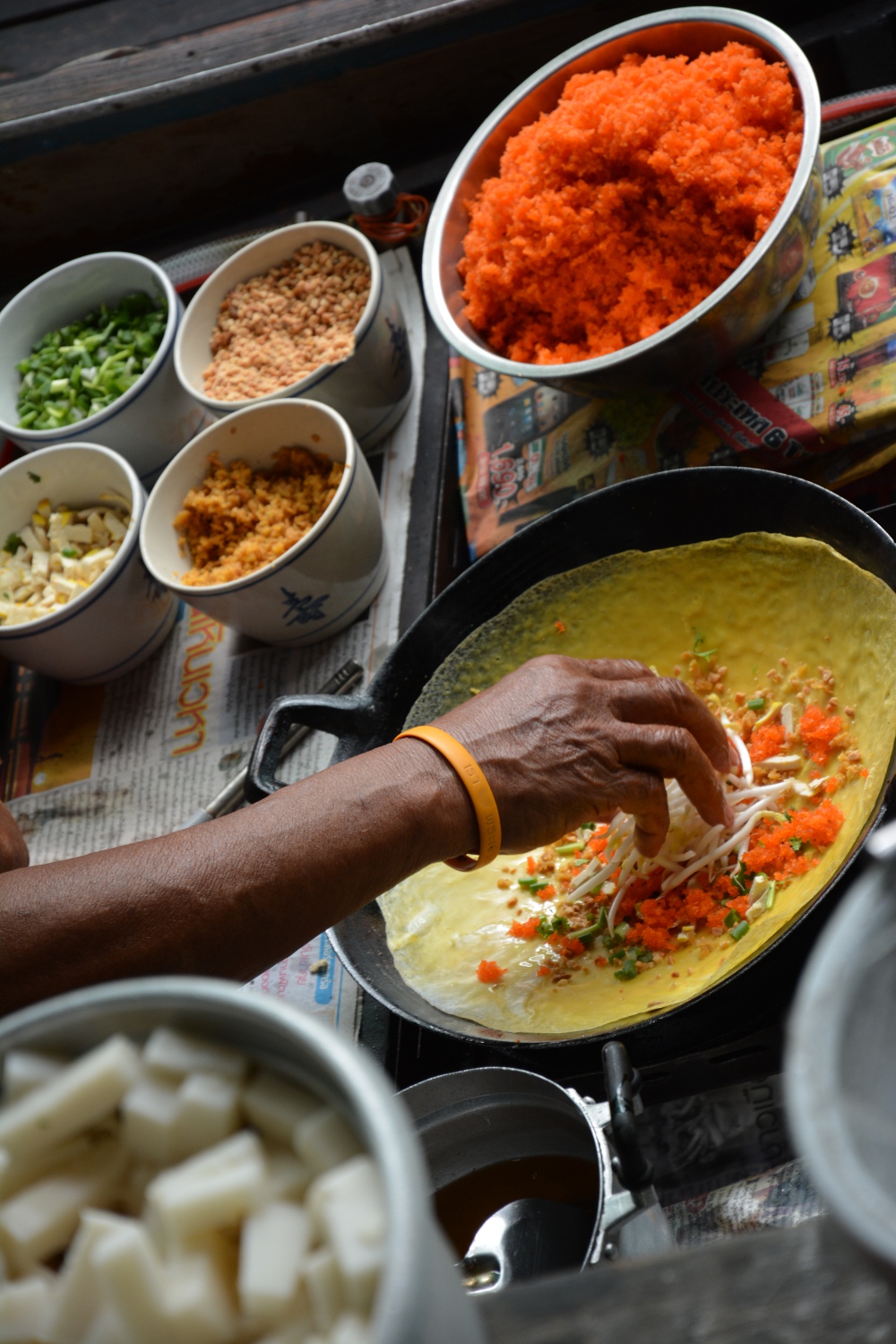
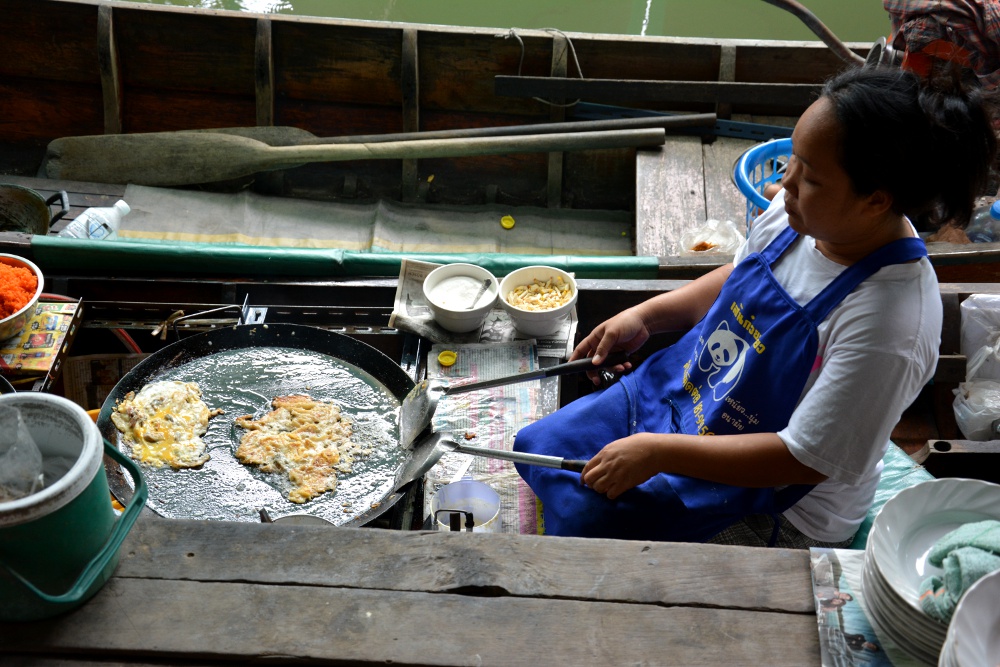
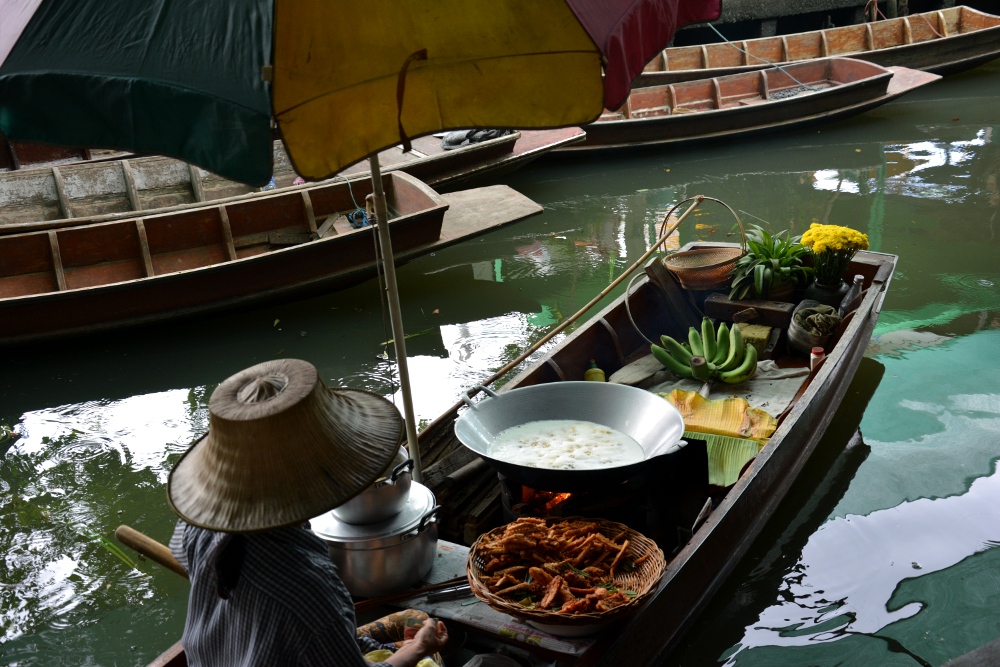
at some of the stalls, traders sell flowers which can be seen in Buddhist temples. They are so beautifully crafted that you feel sorry about their evanescence.
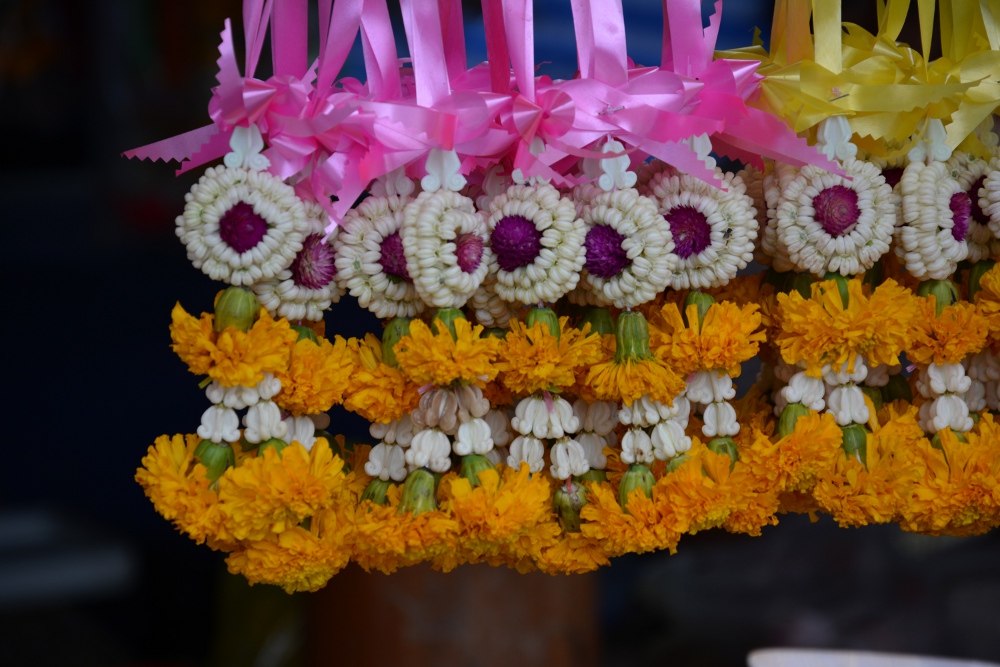
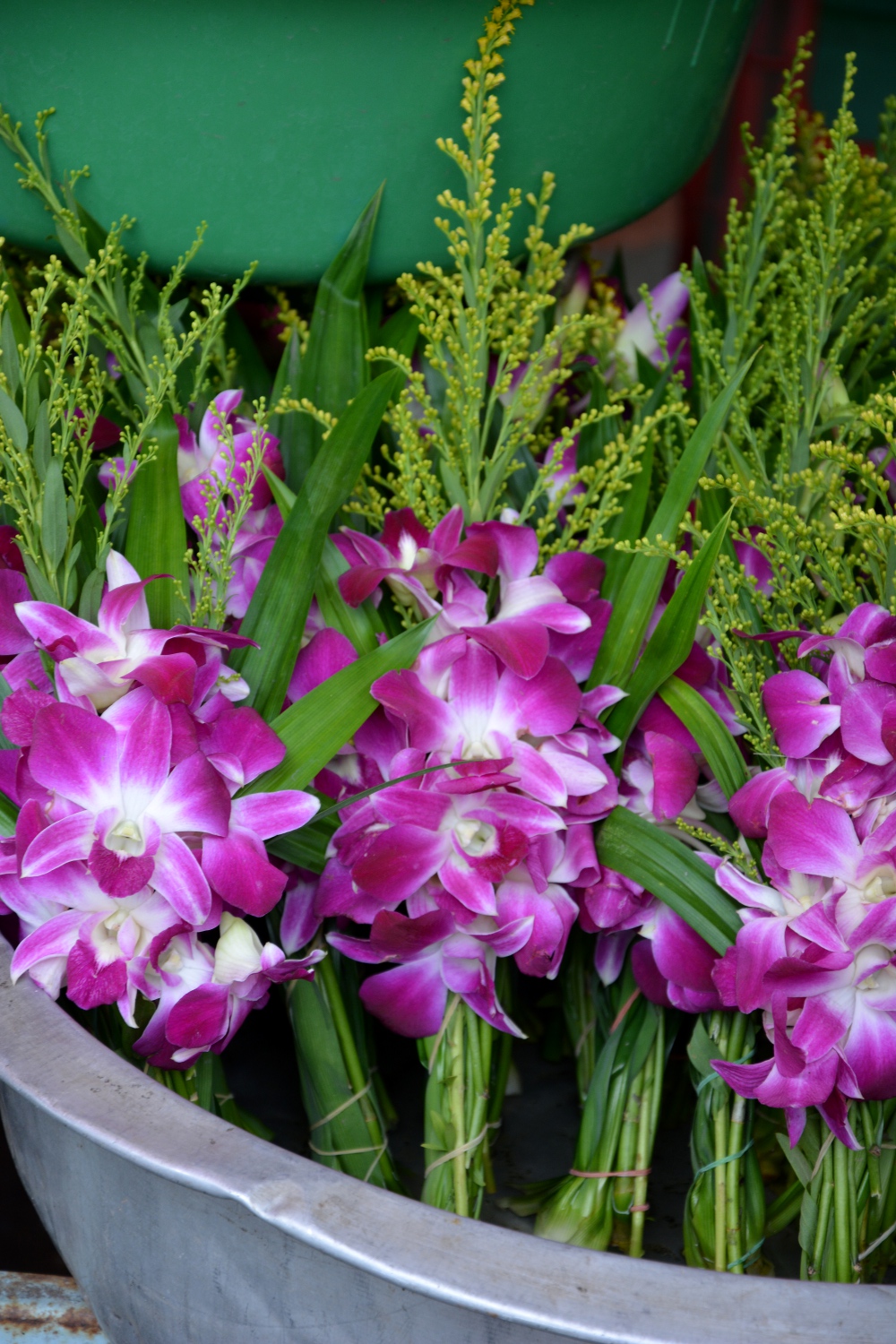
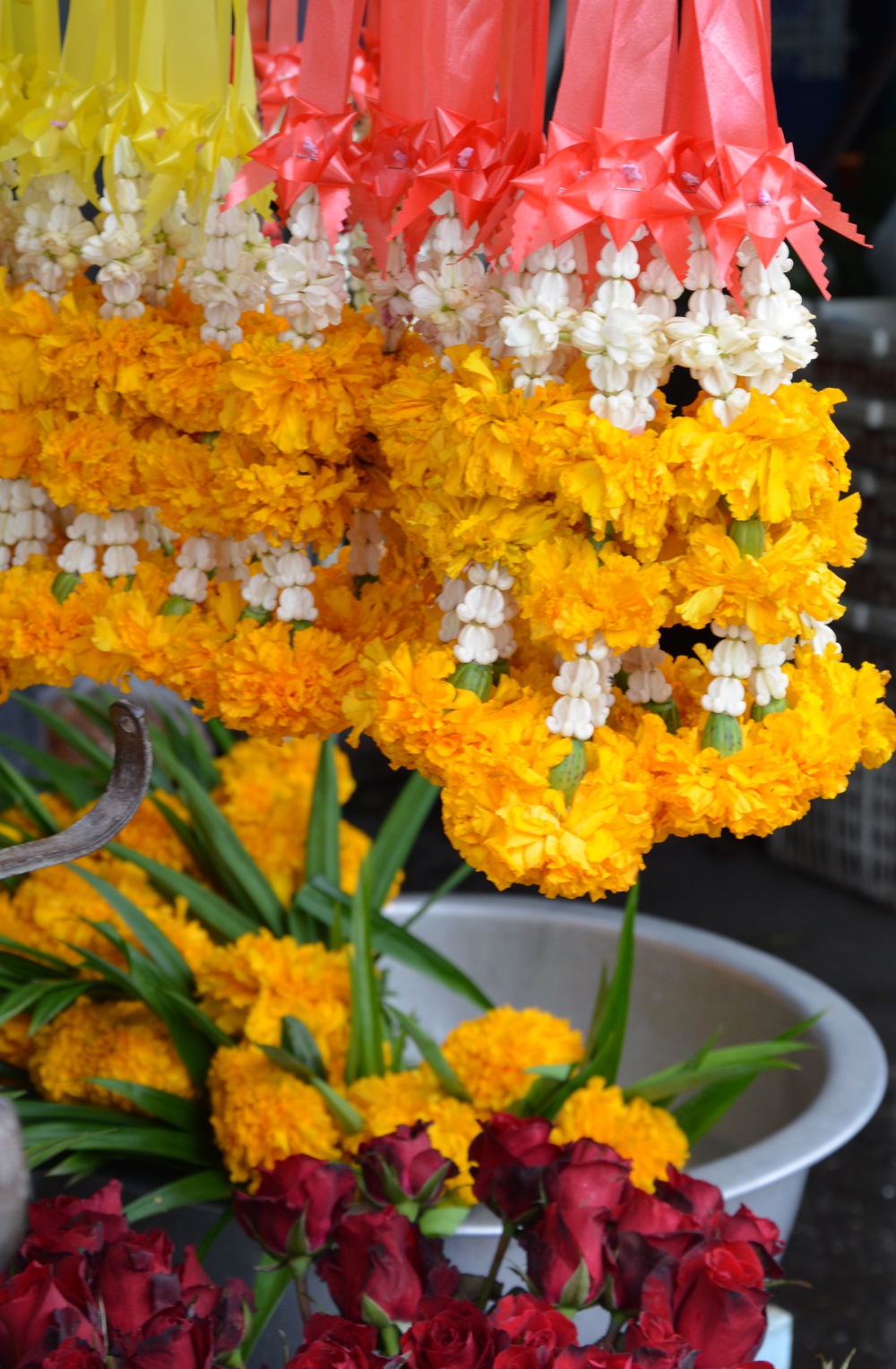
For me as a vegetarian, it was creepy to see these parts of animals lying on the tables. At big markets, you can buy nearly every part of the comon edible animals and even living creatures.
Want an ear, anyone?
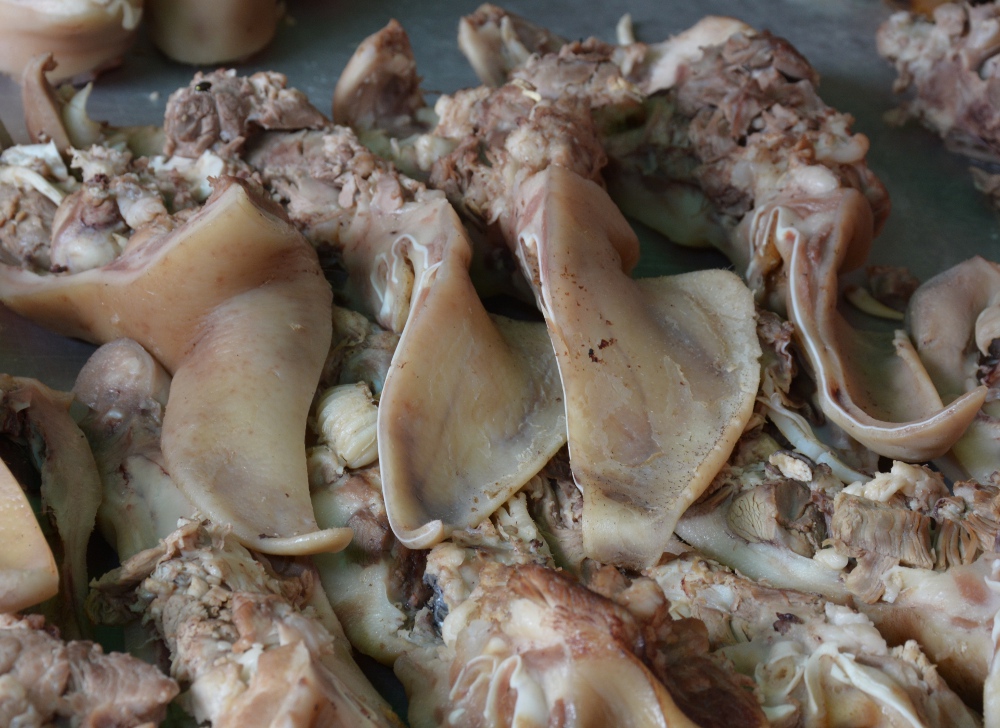
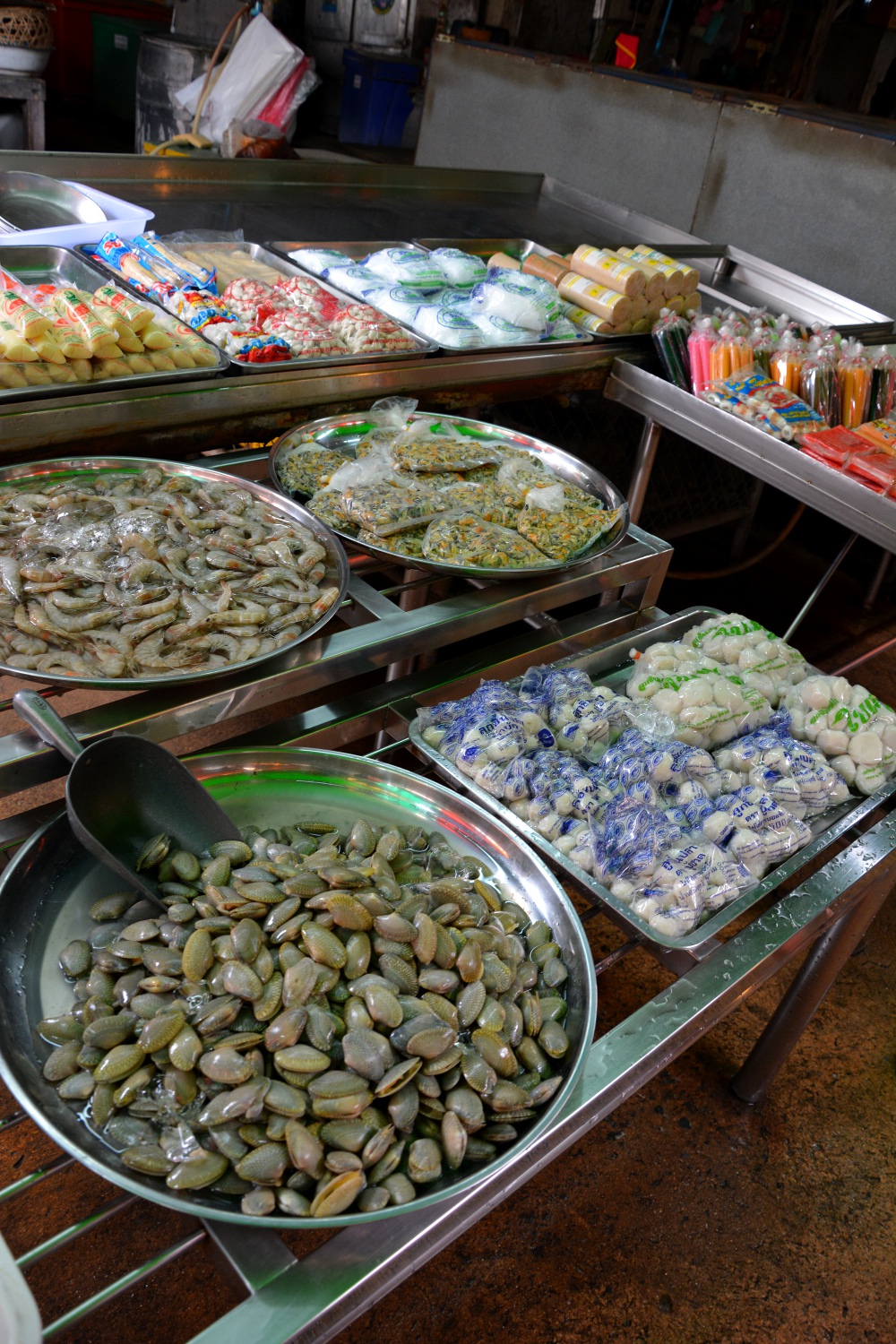
Asian countries are known for eating insects as well as pork, chicken etc.Let me point out that this is not comon in Thailand. Insects can be bought at tousistic places, such as Khao San Road and are sold as an attraction for foreigners. Please excuse that I refused to take a picture of fried bugs. It just did not feel right, as I want to show you the Thai culture.
Look forward to the next journey post with descriptions of my own food experiences at the other side of the world. Bue!
















































